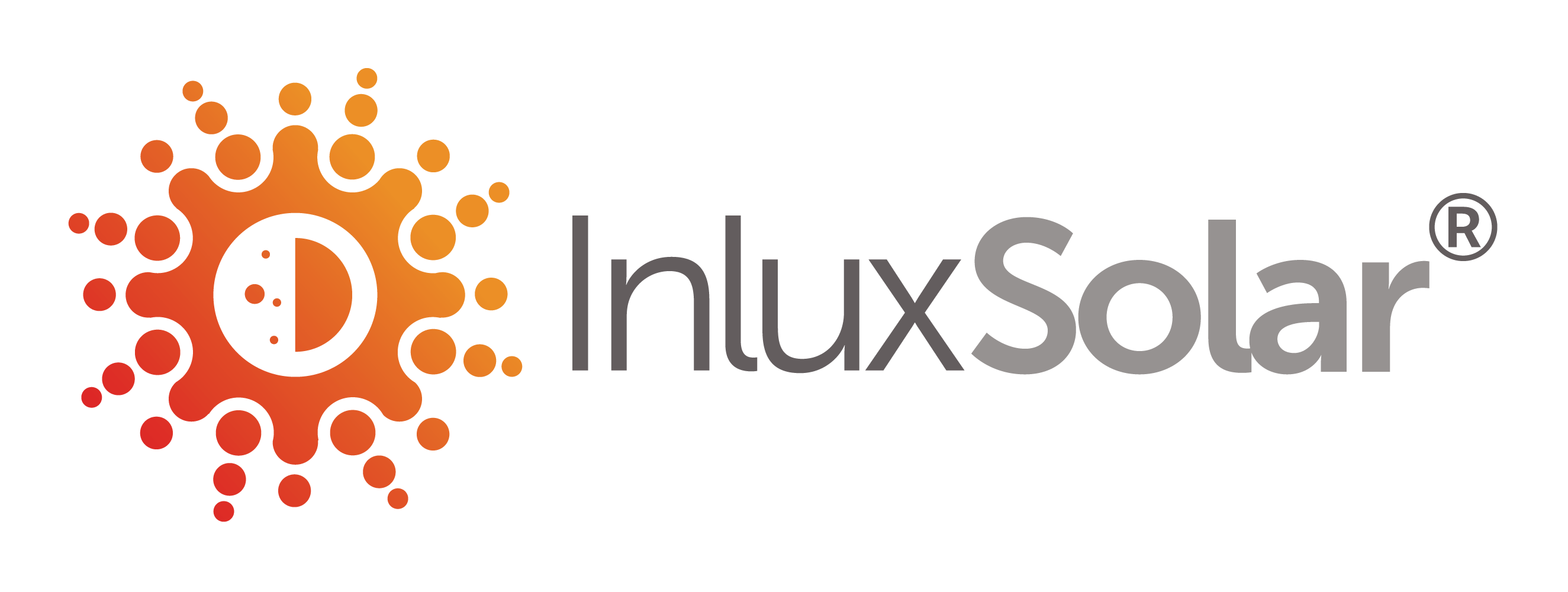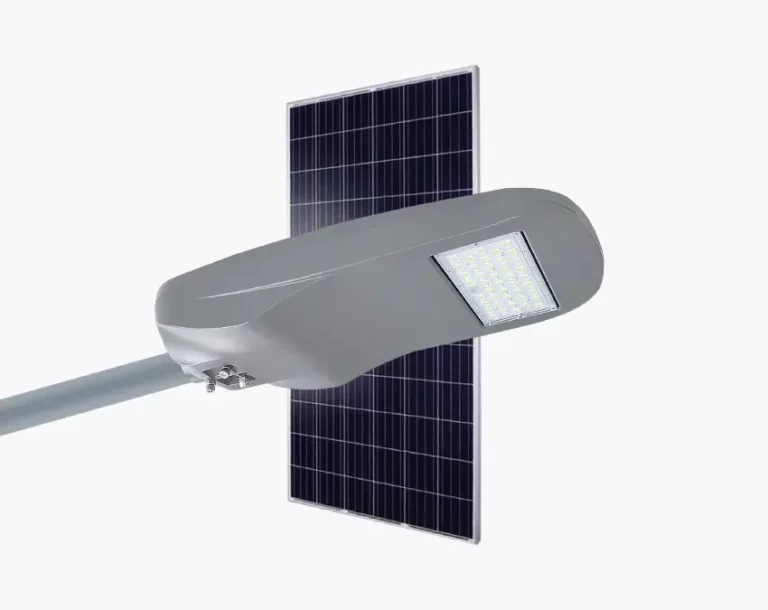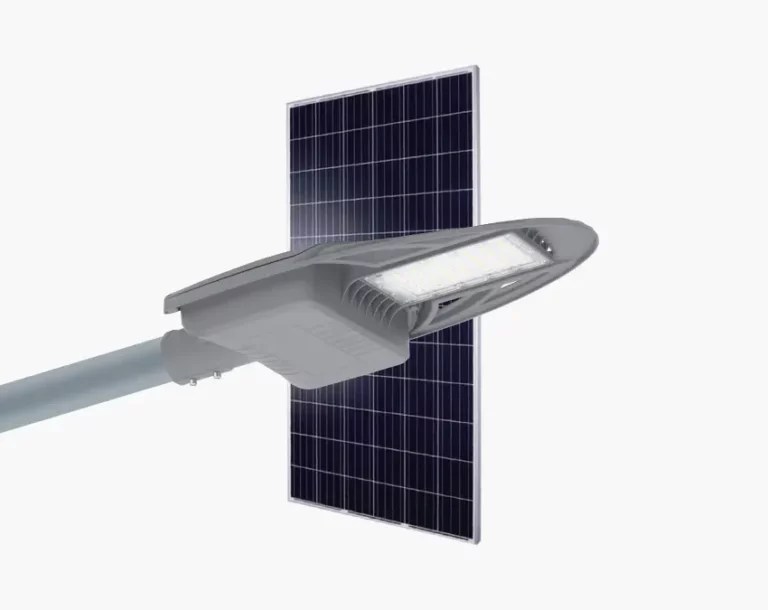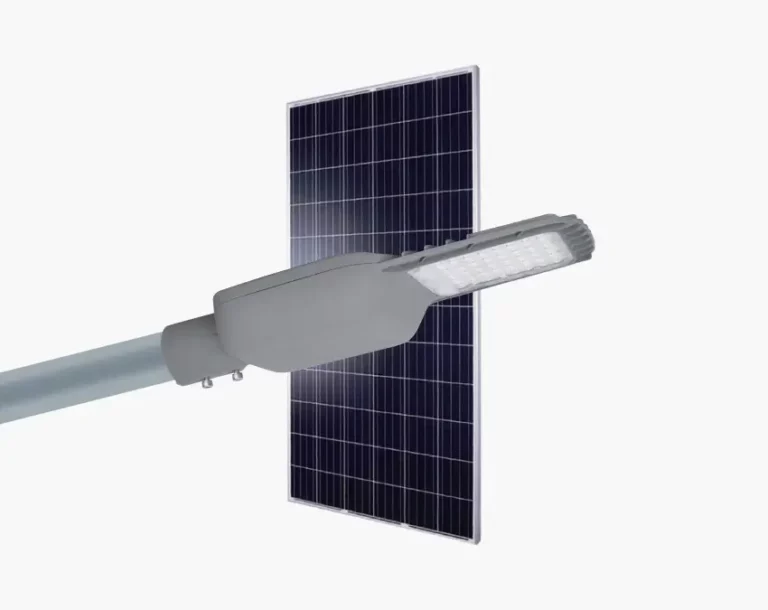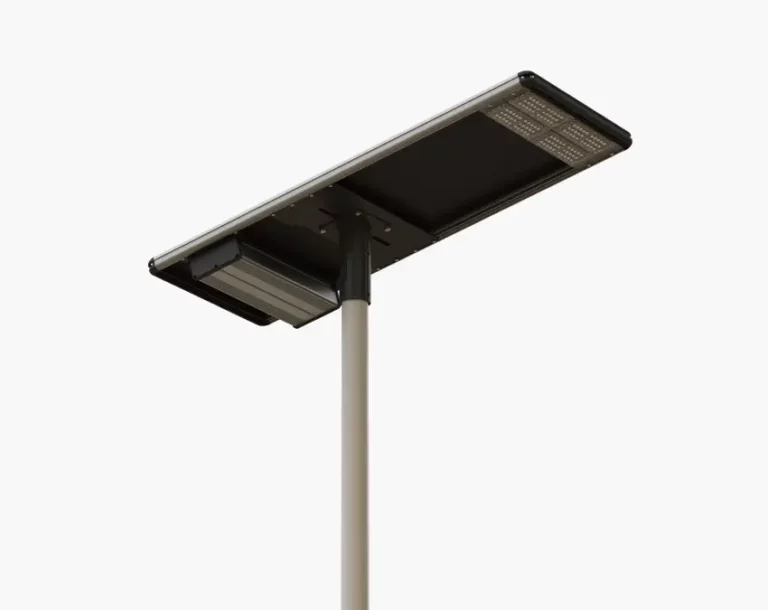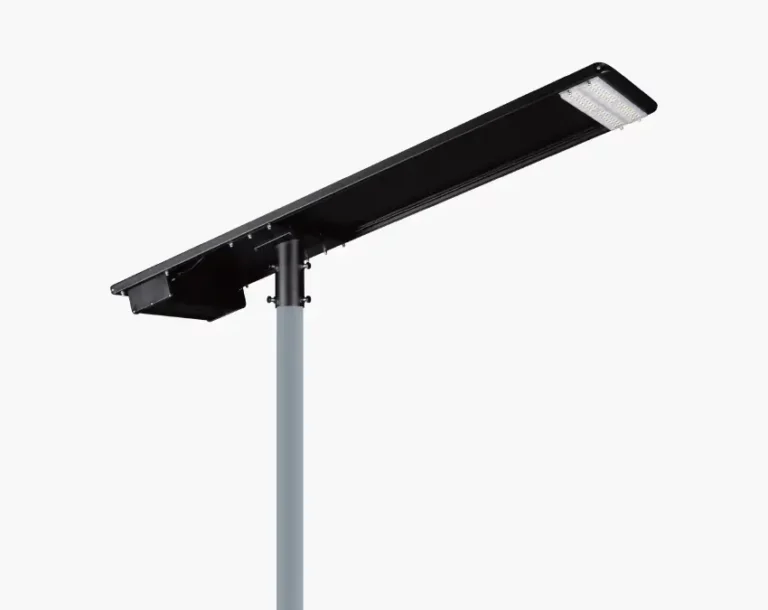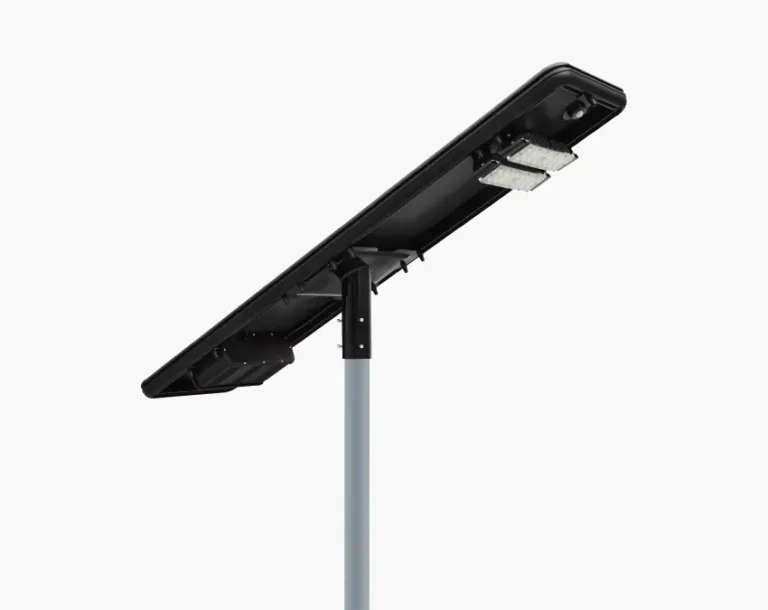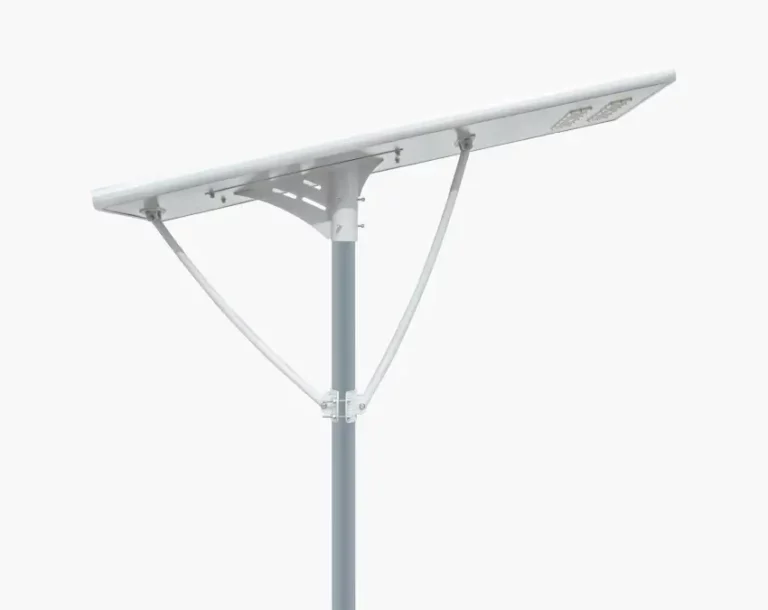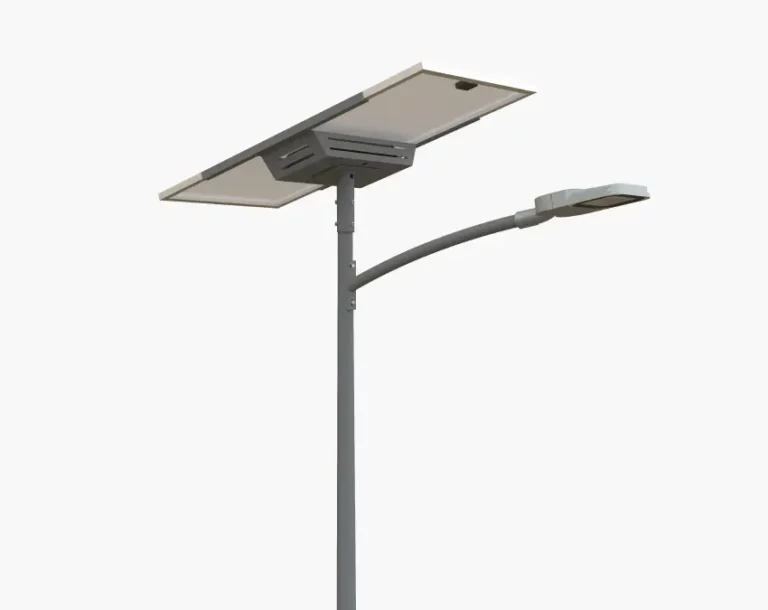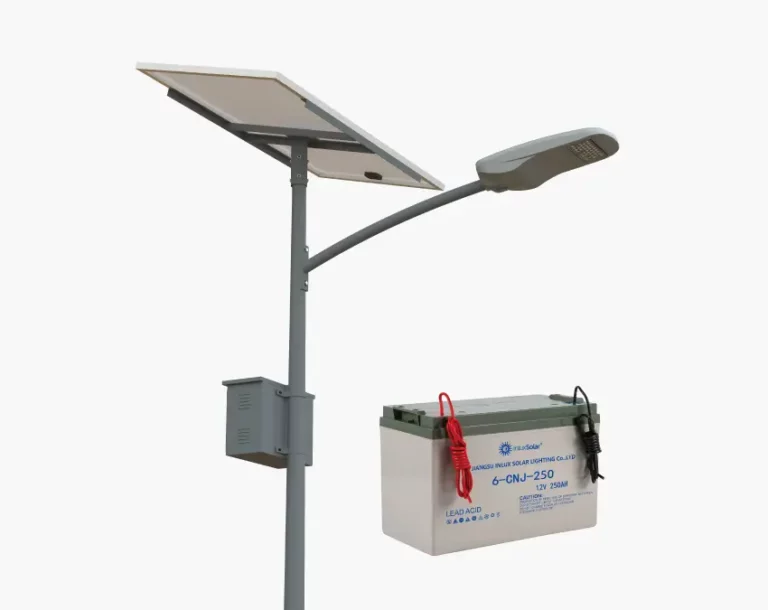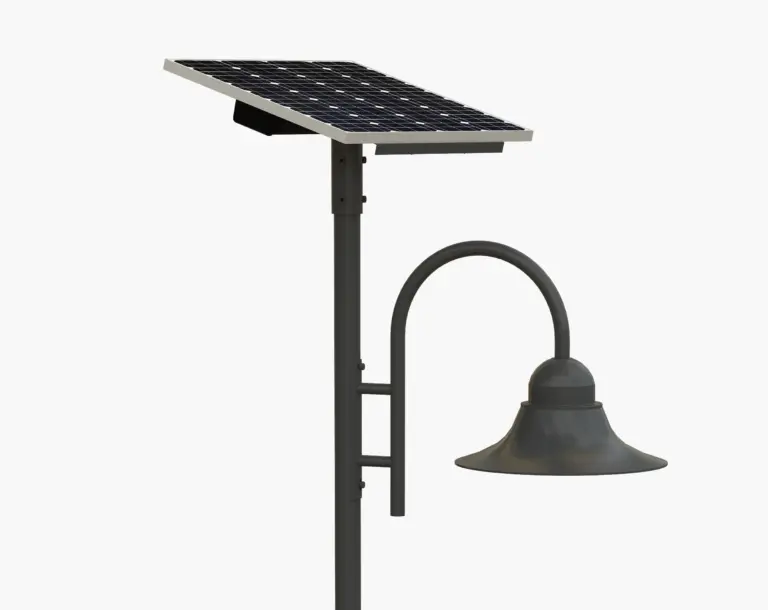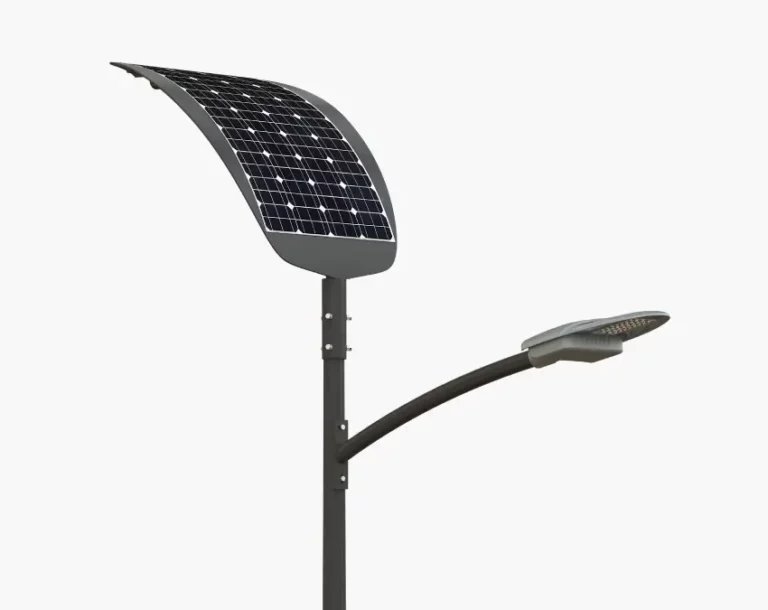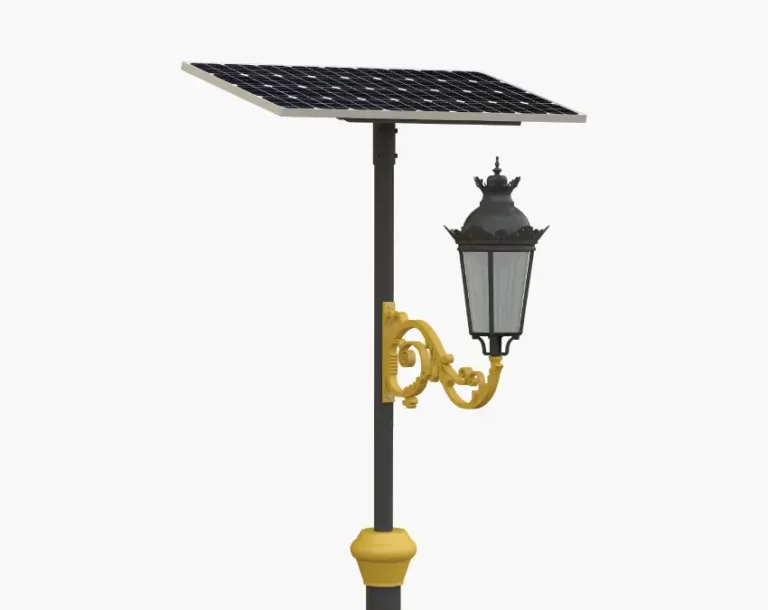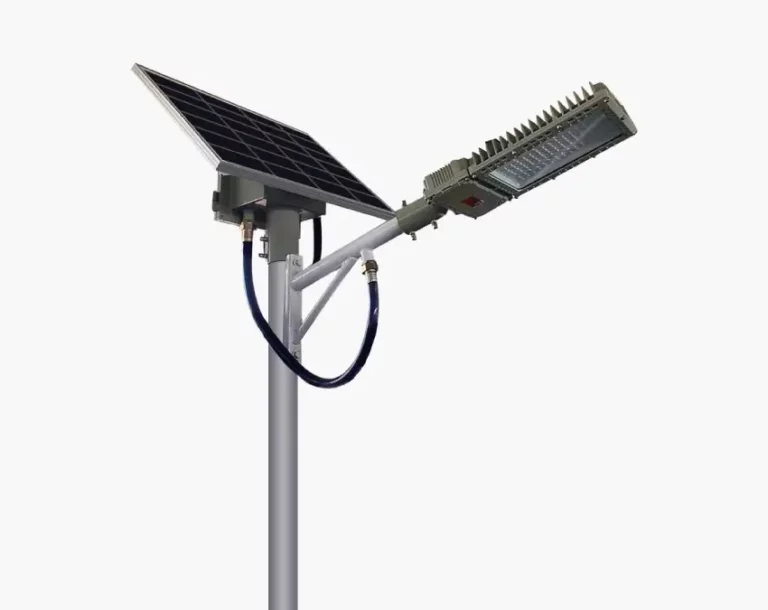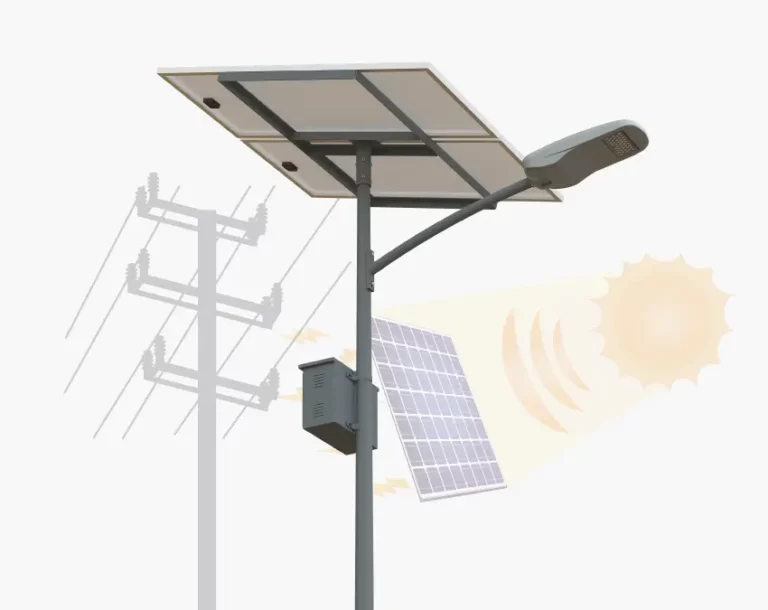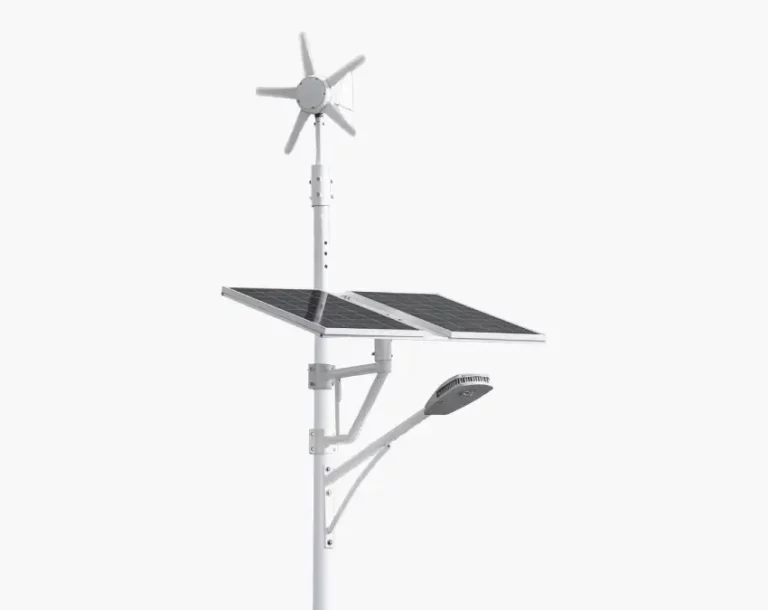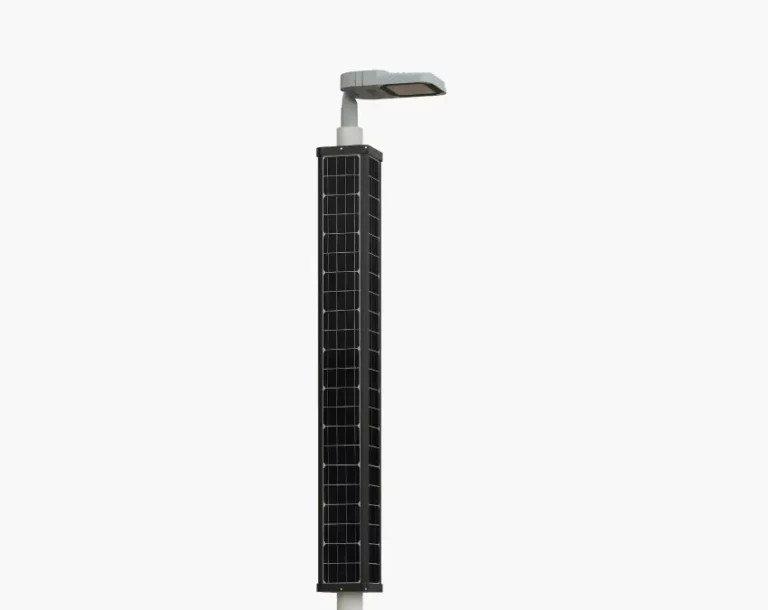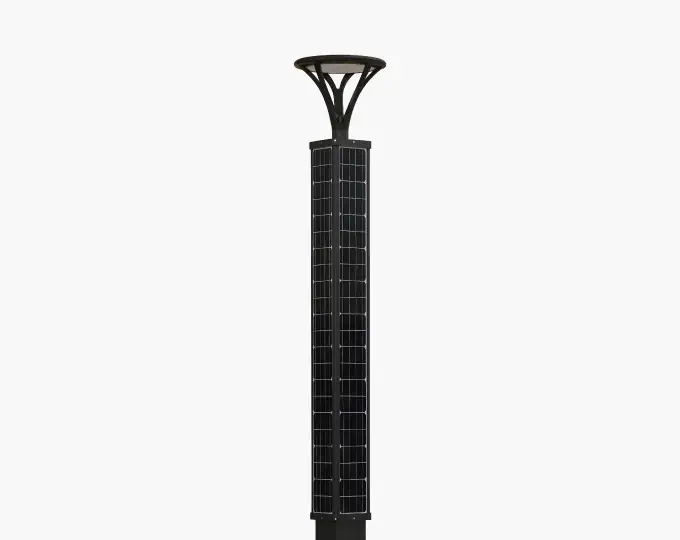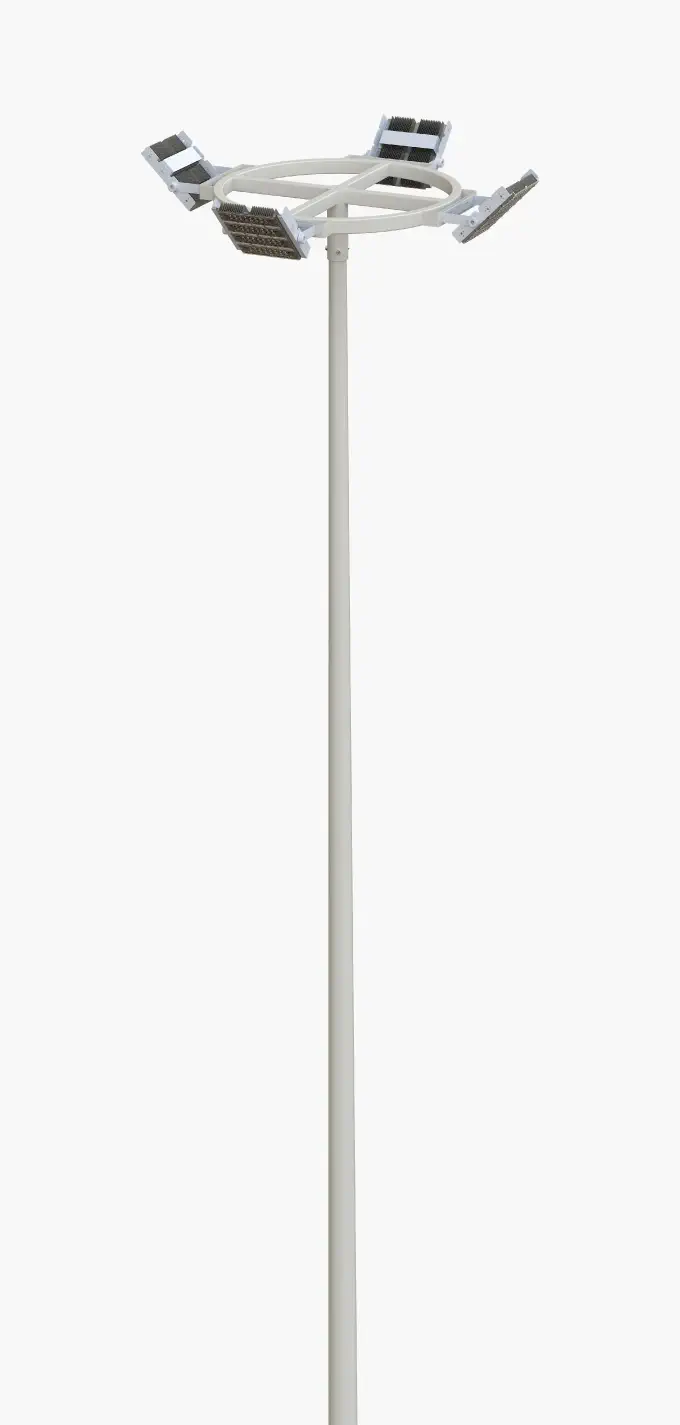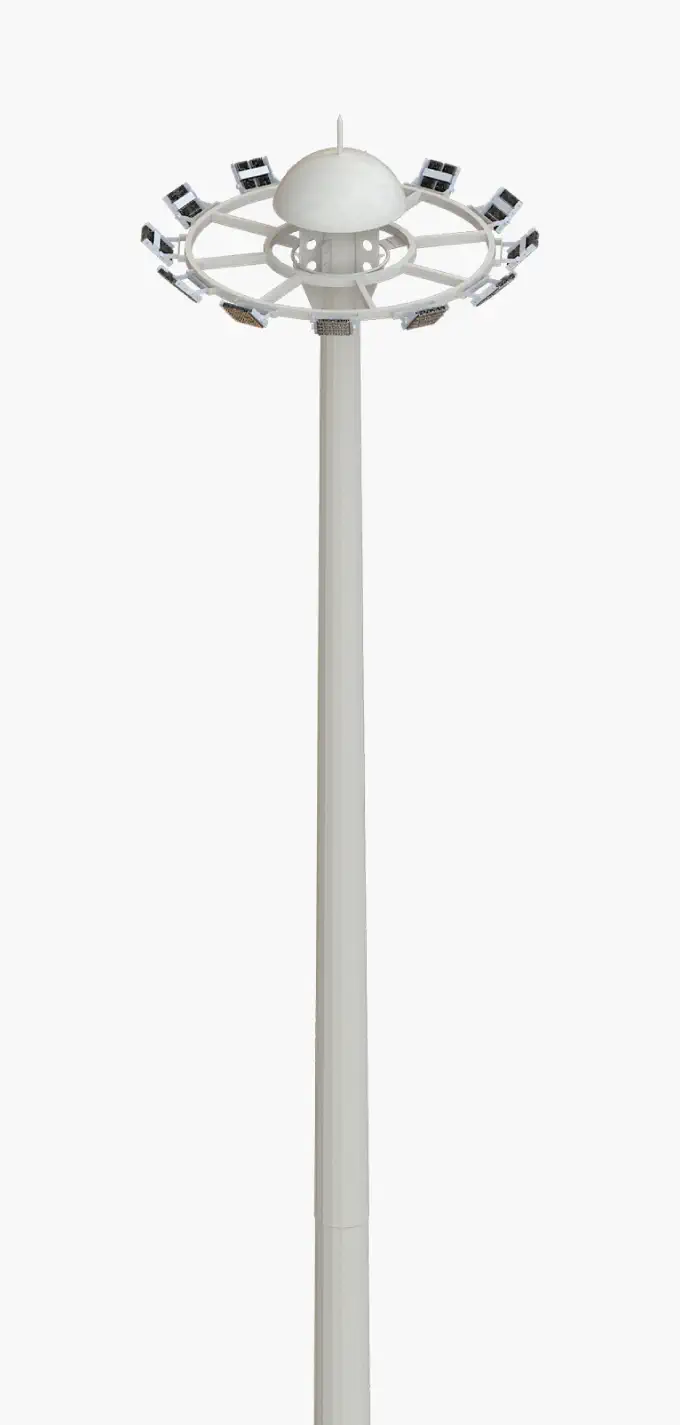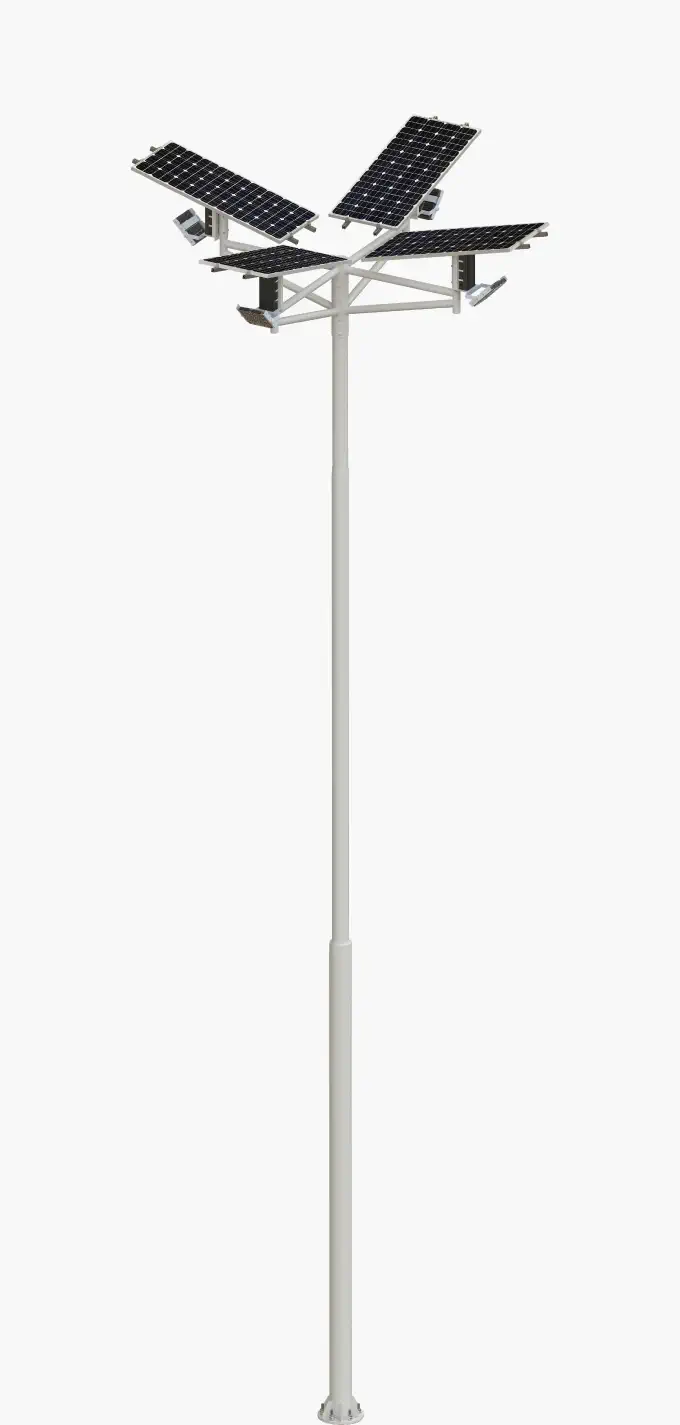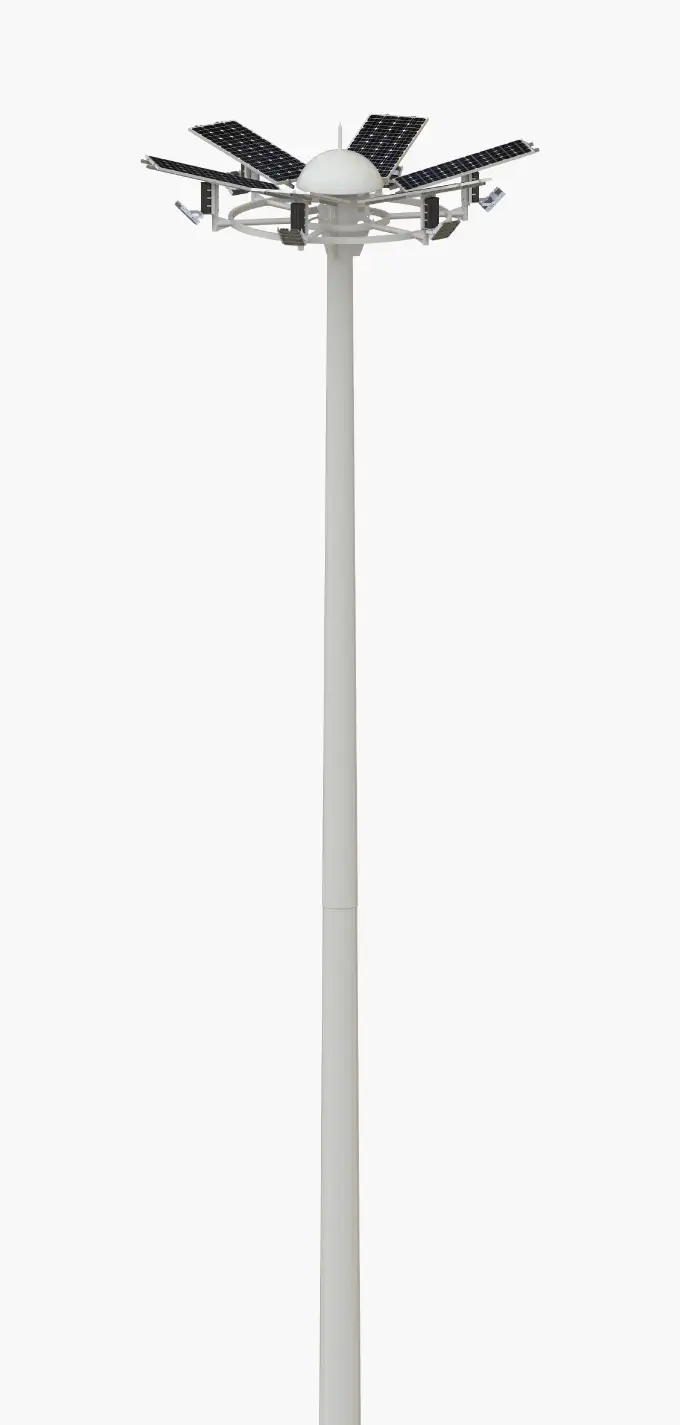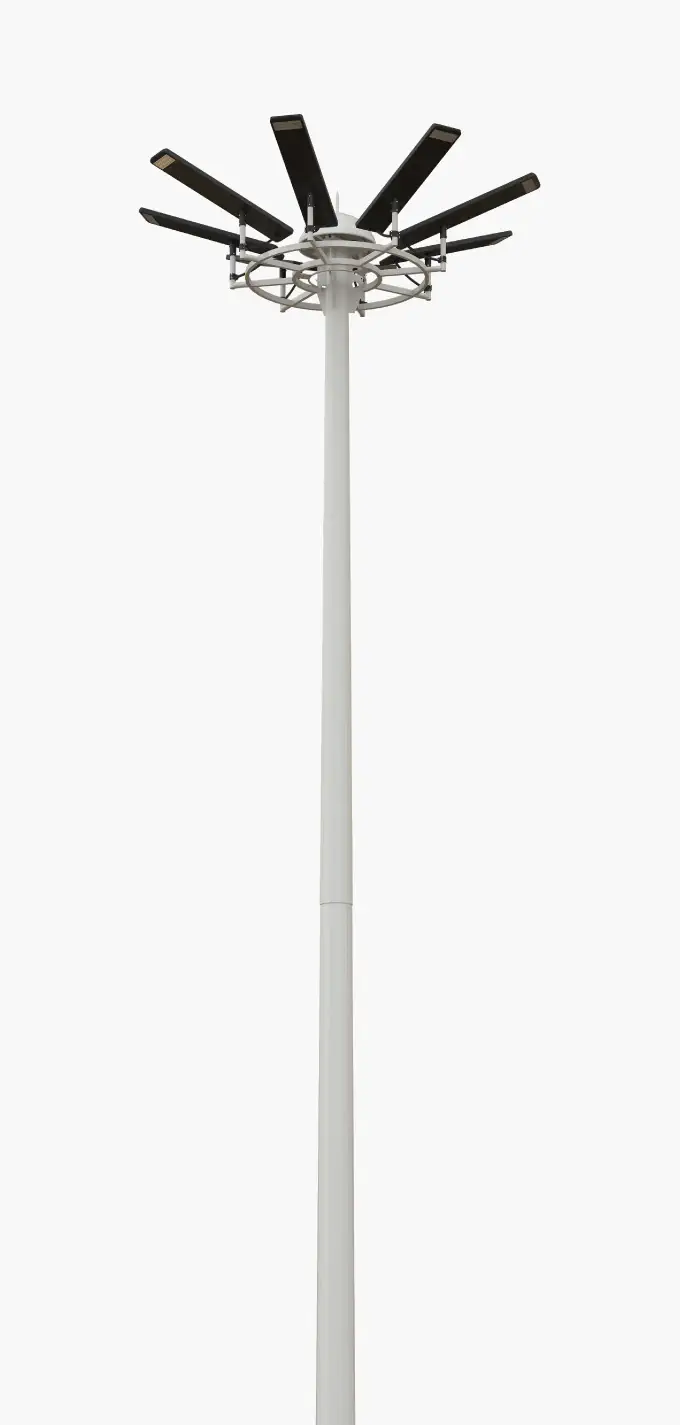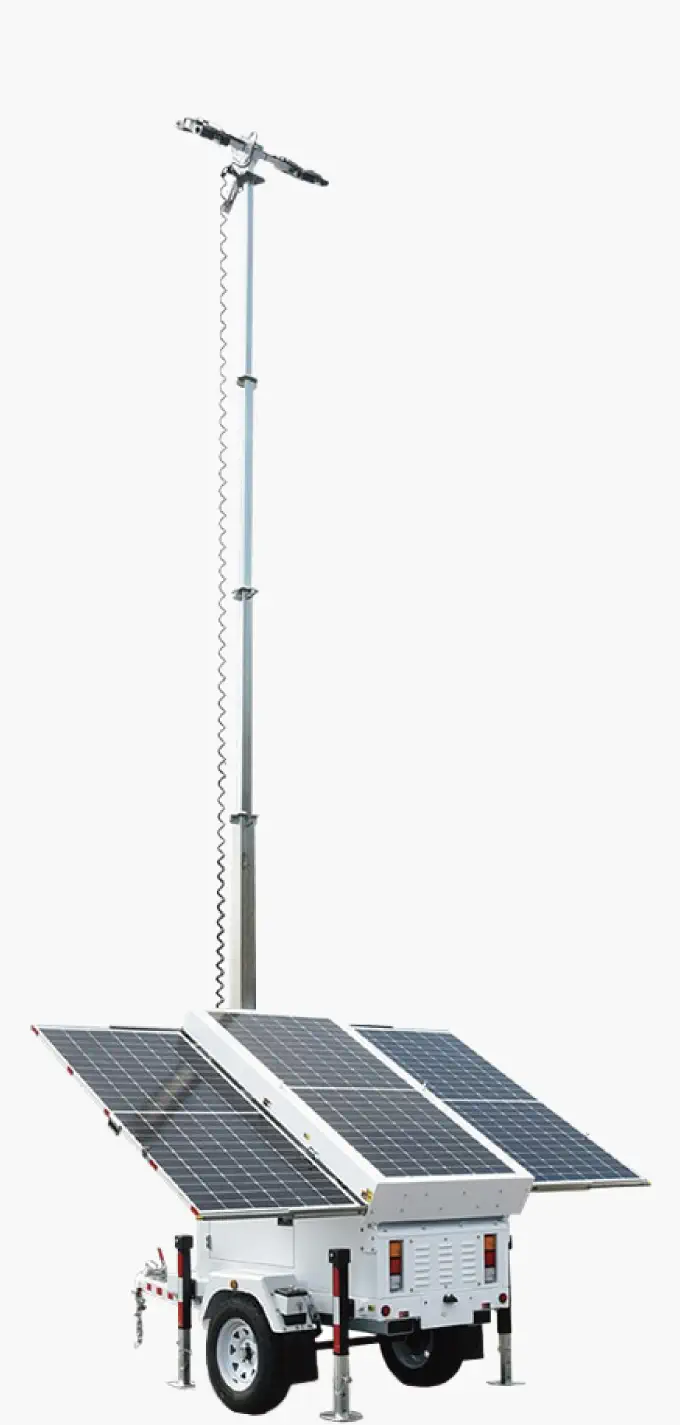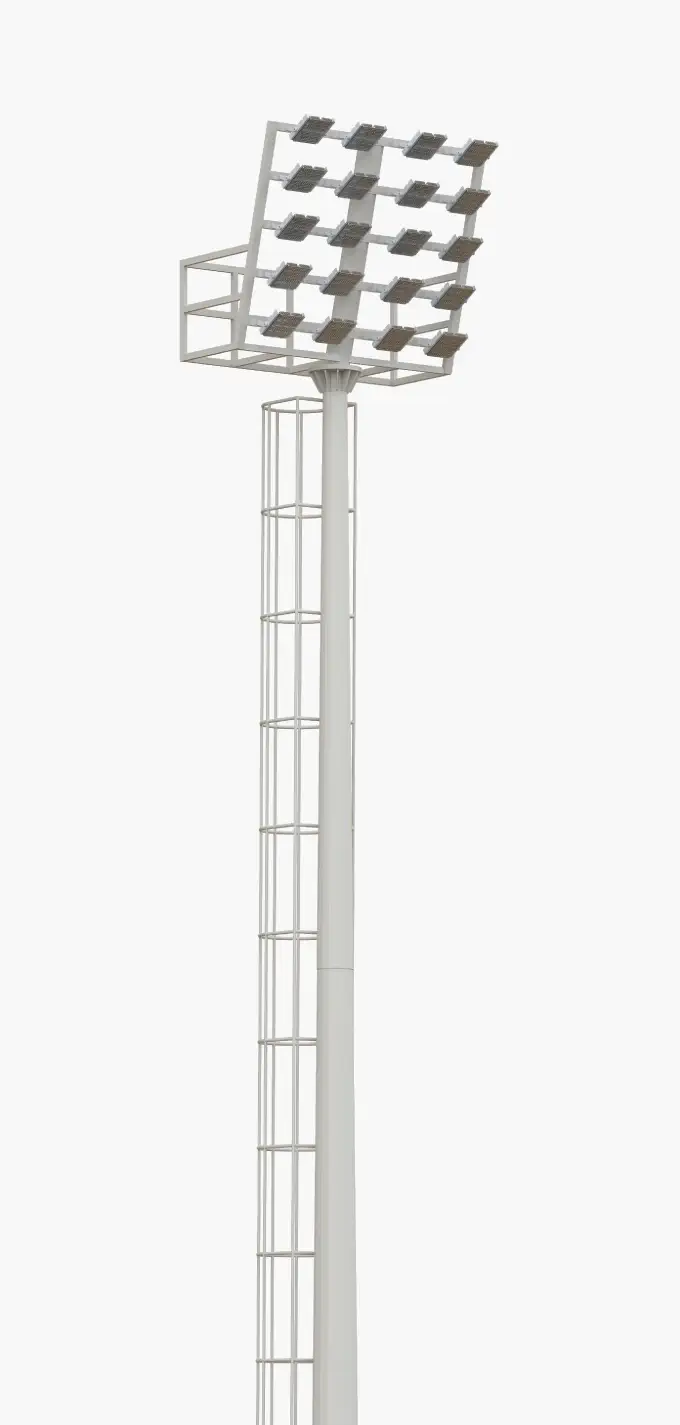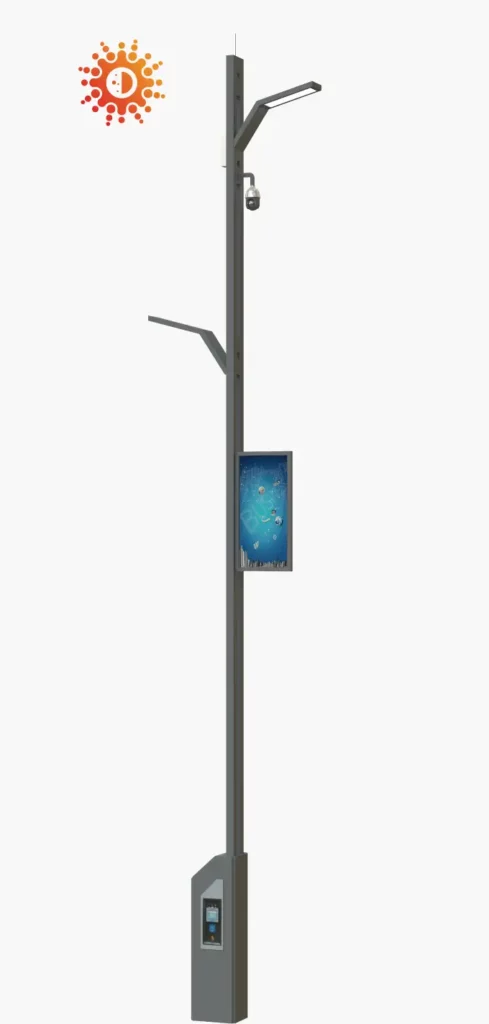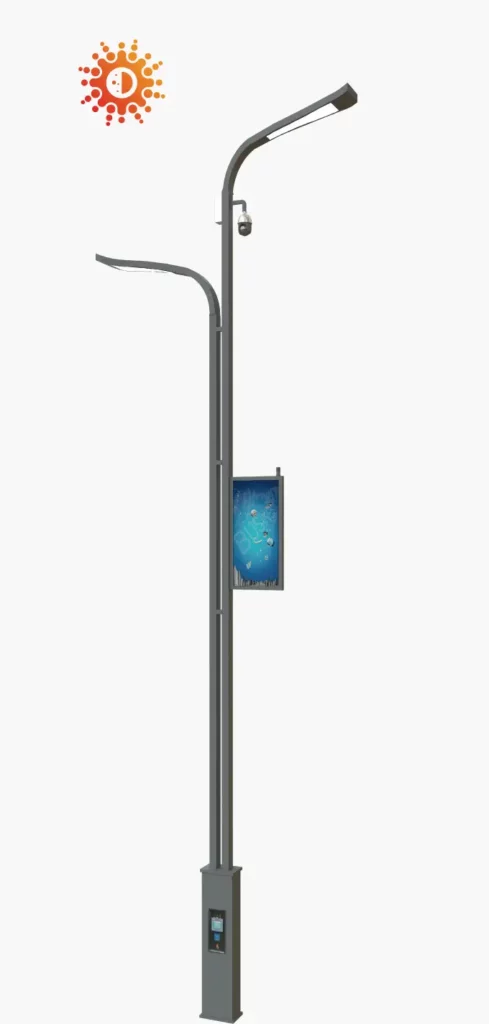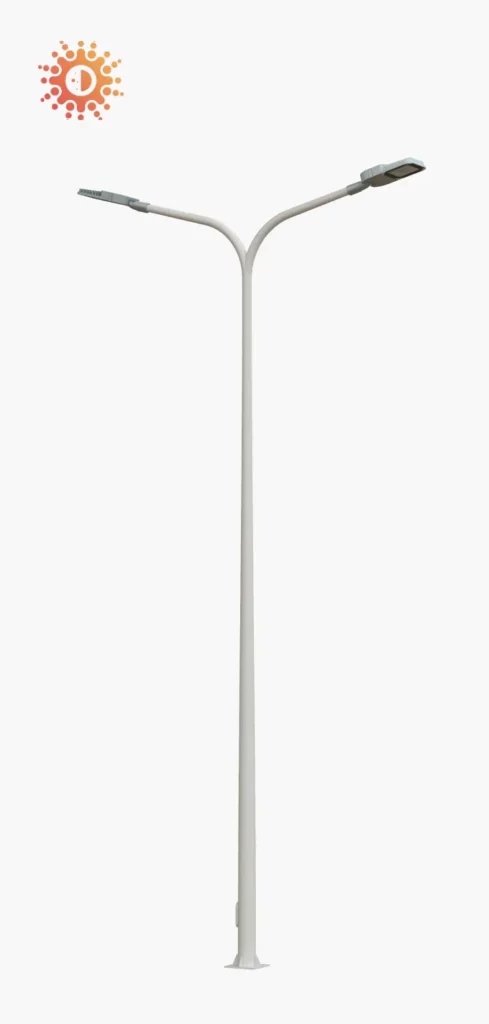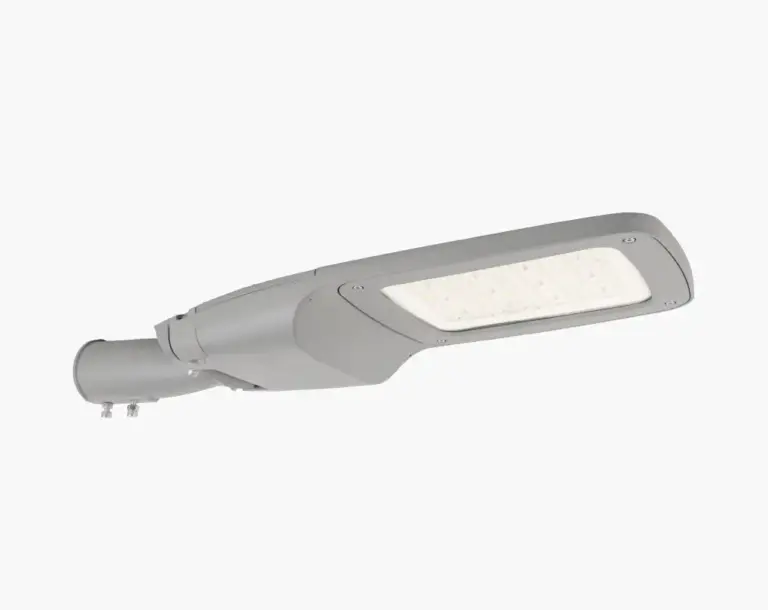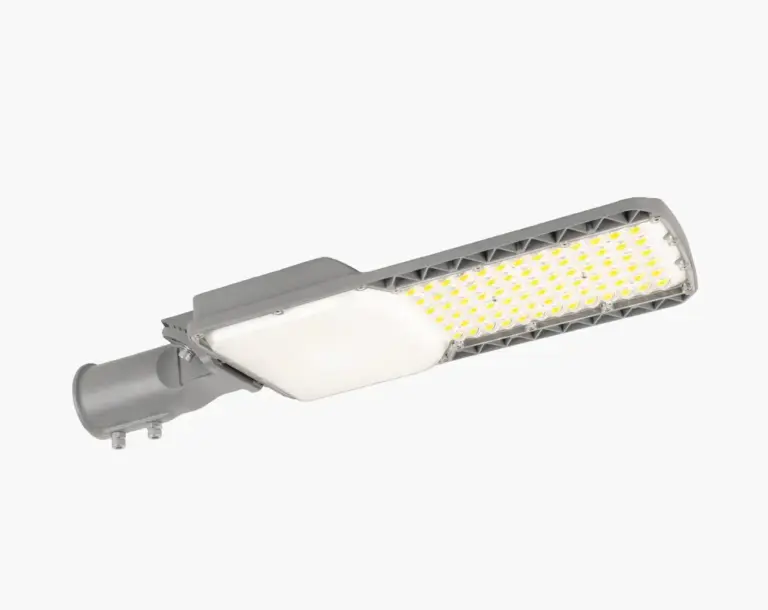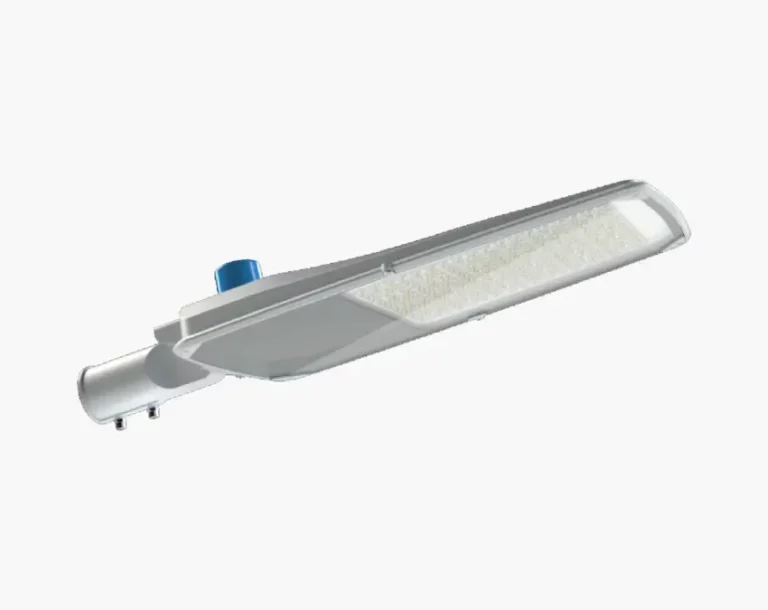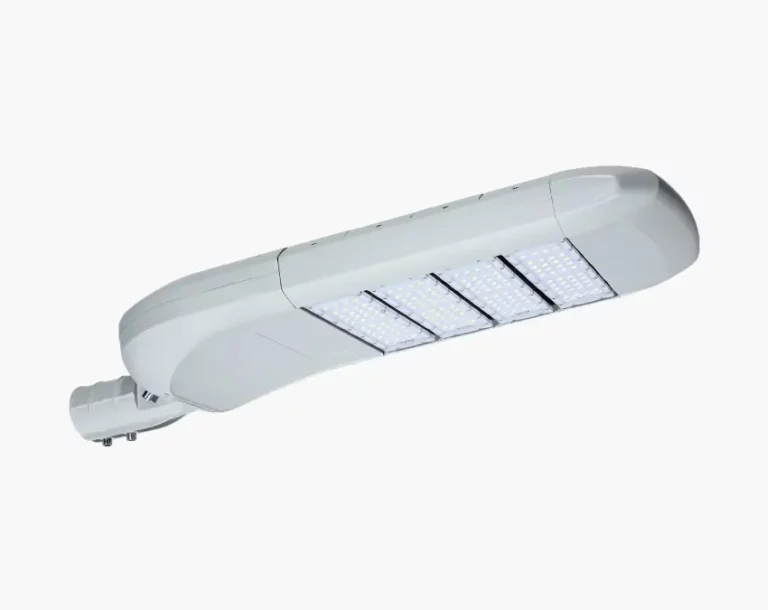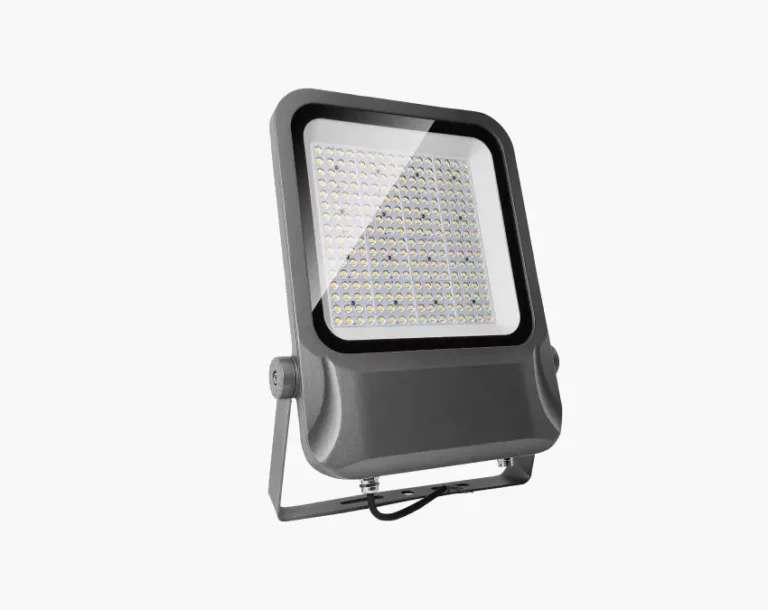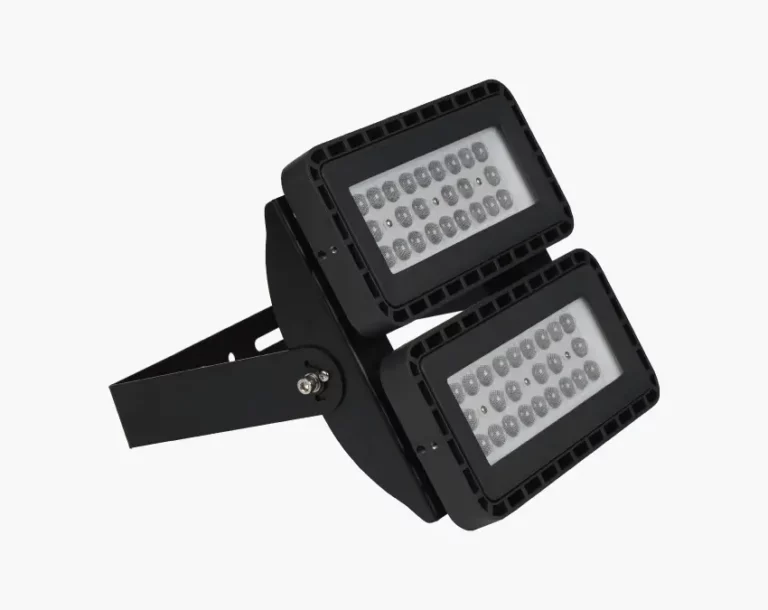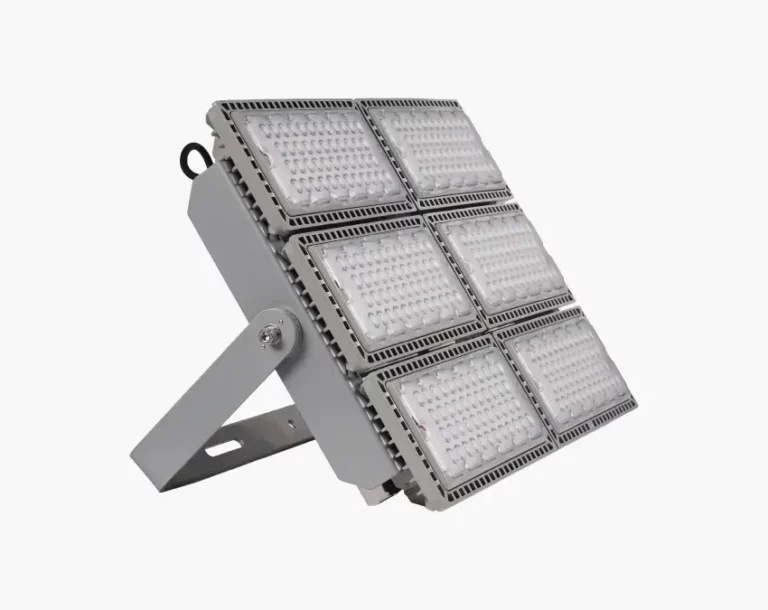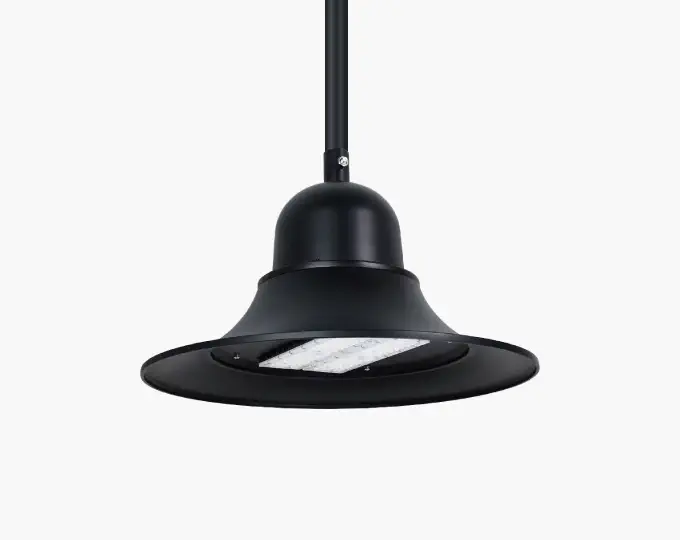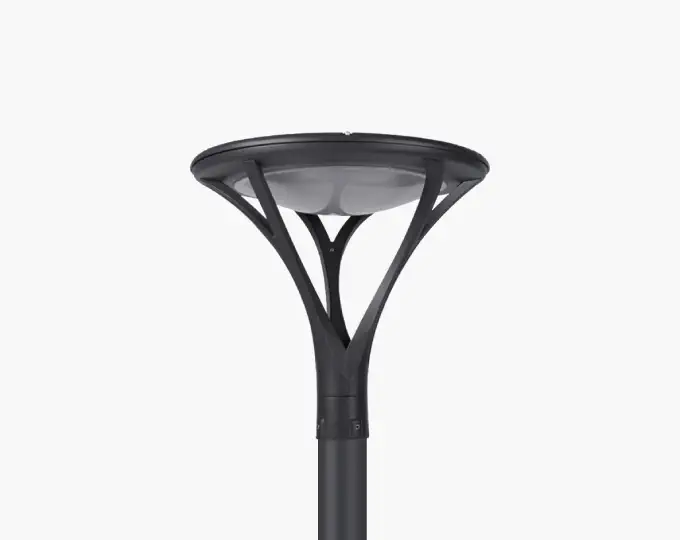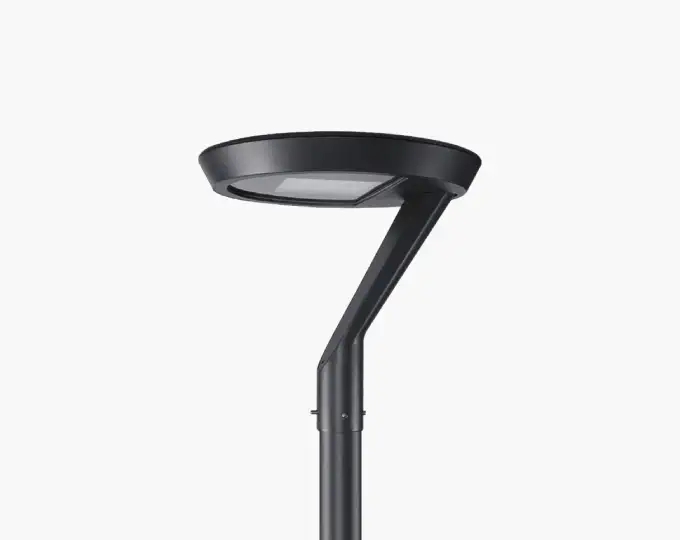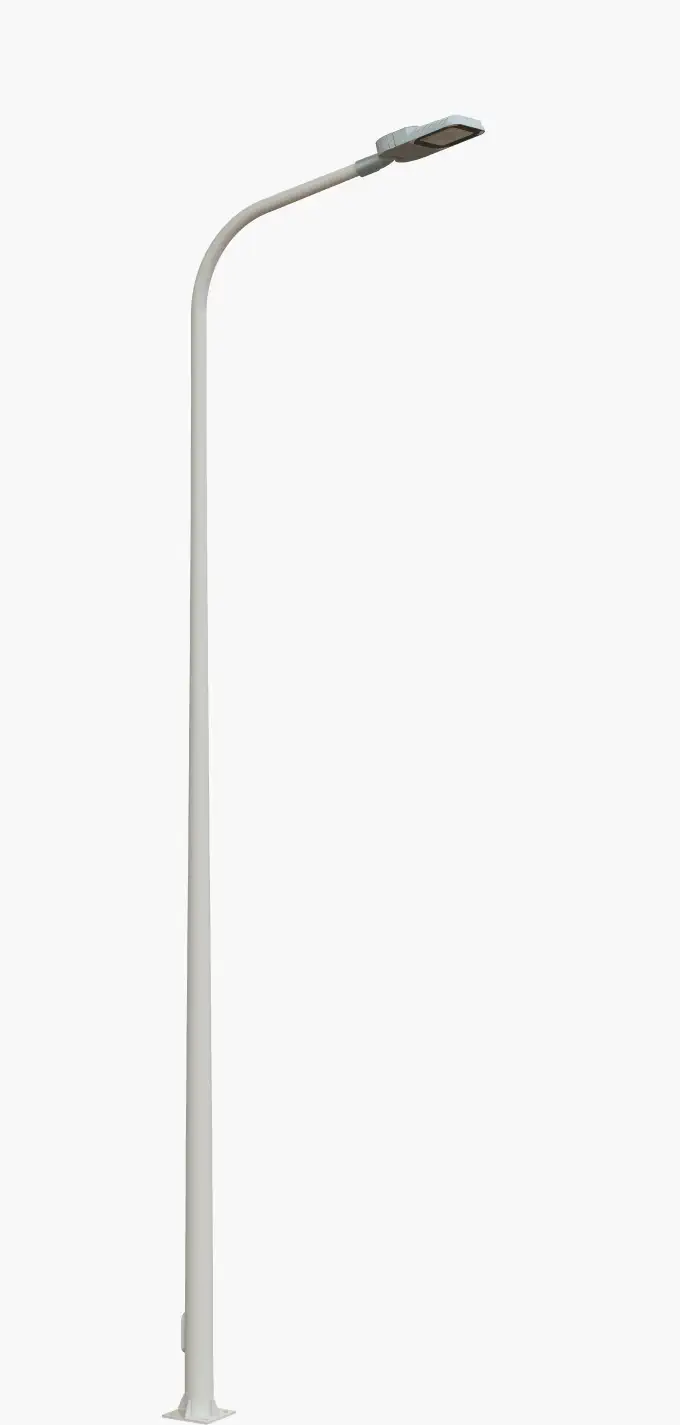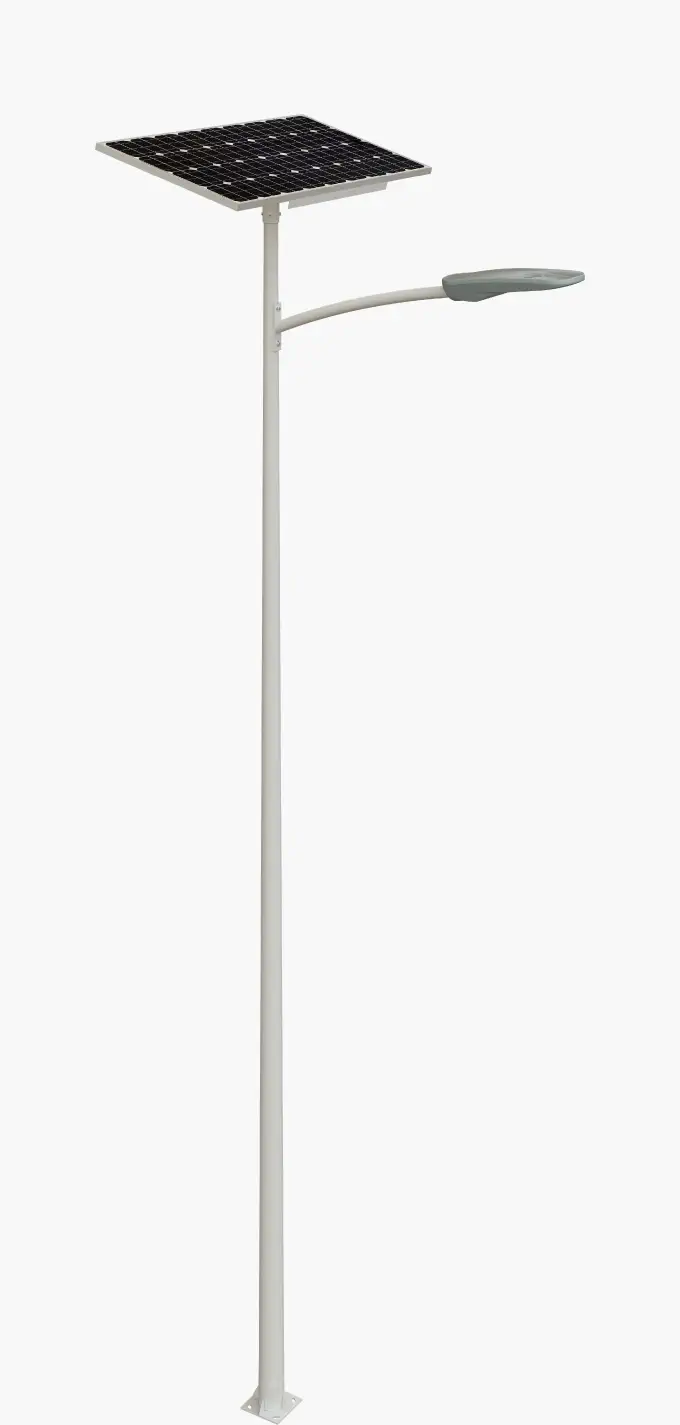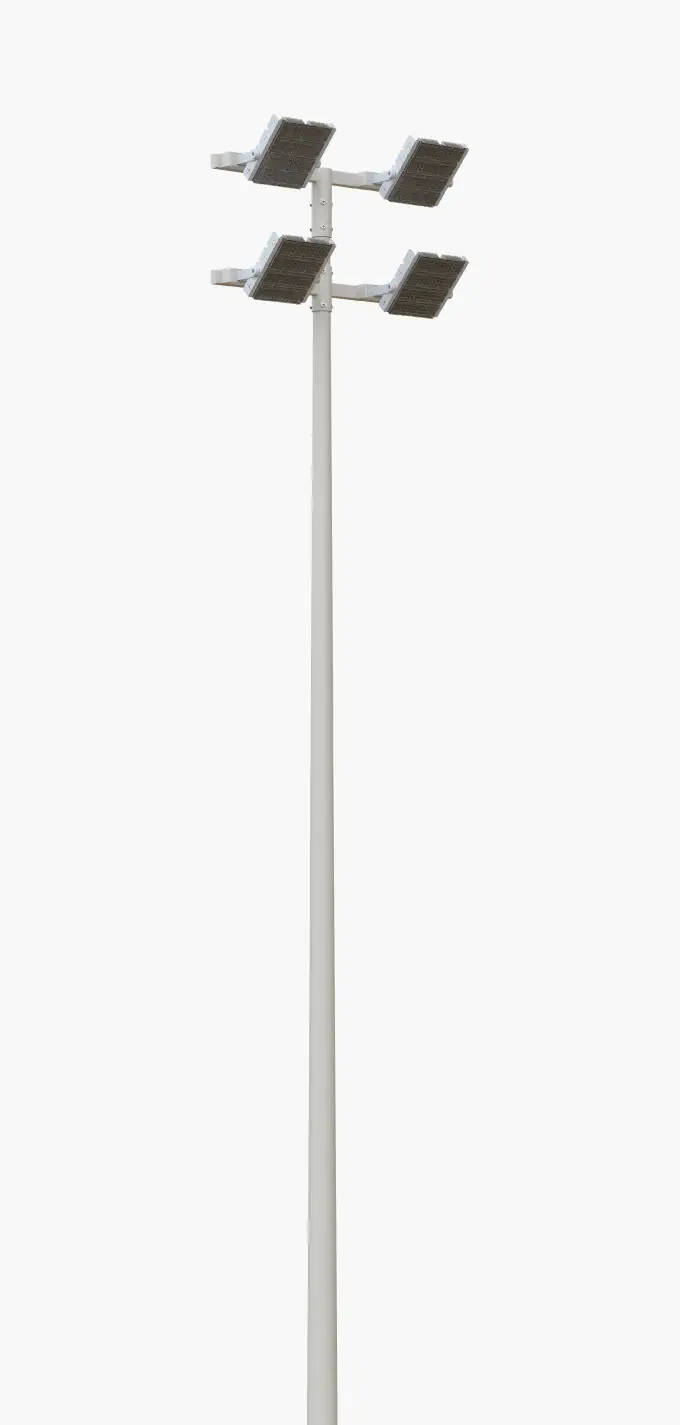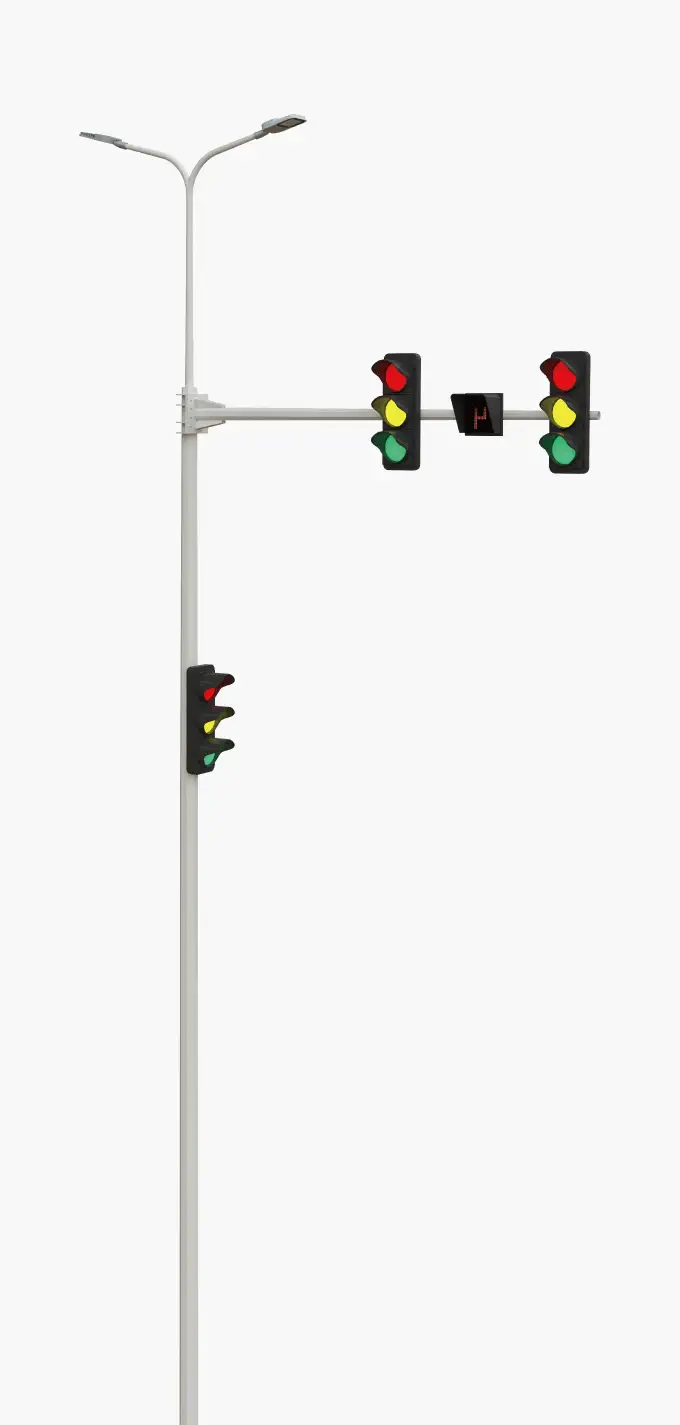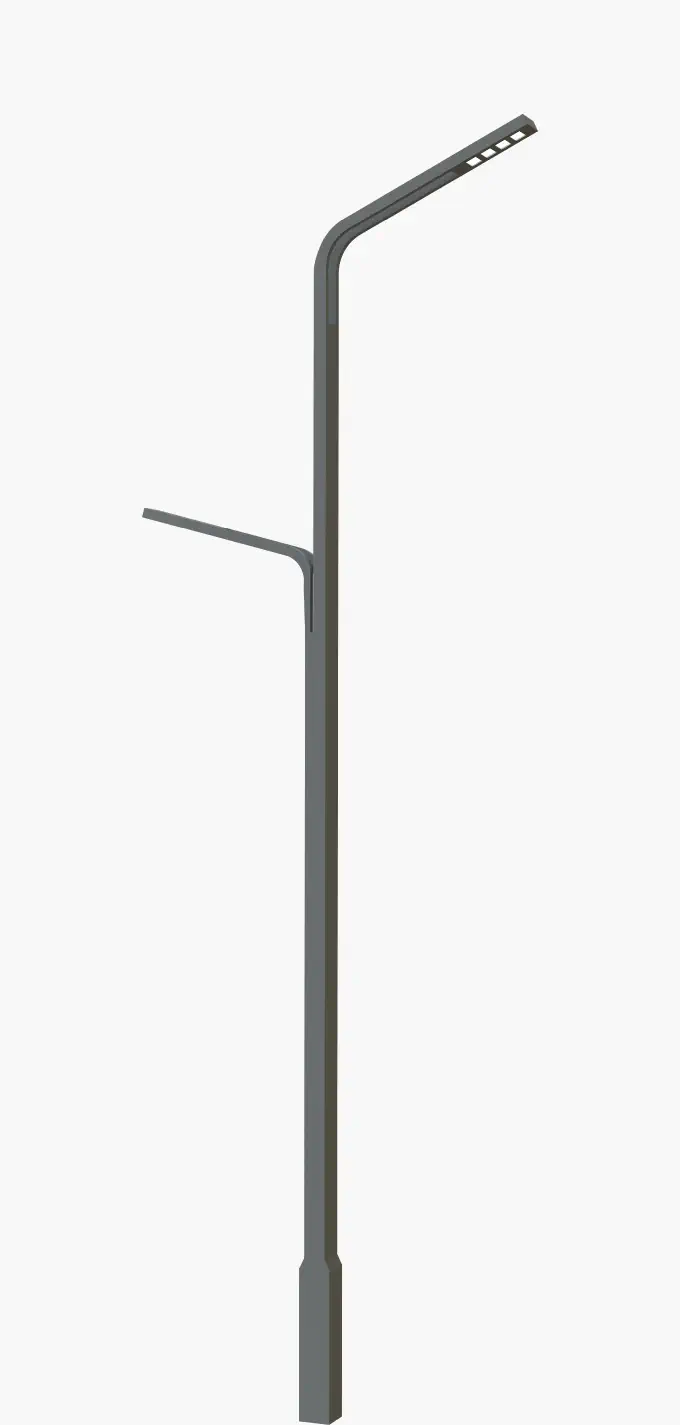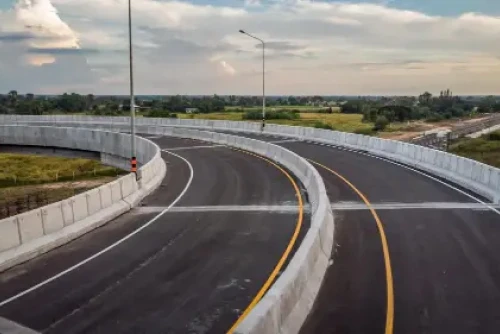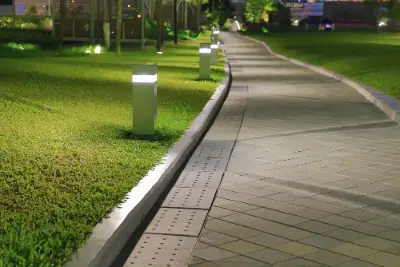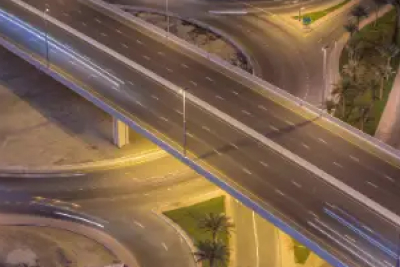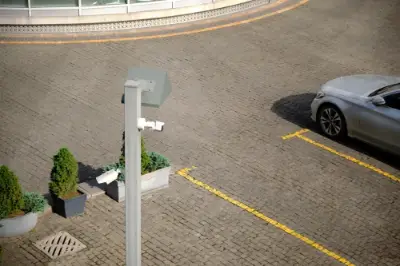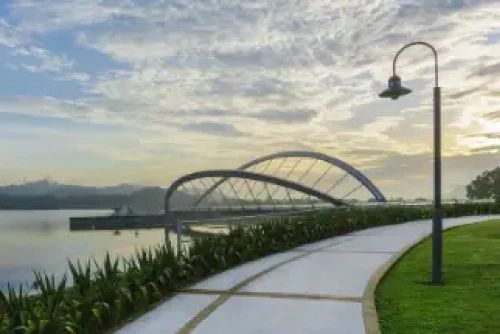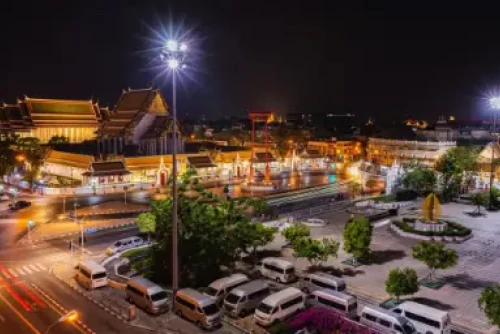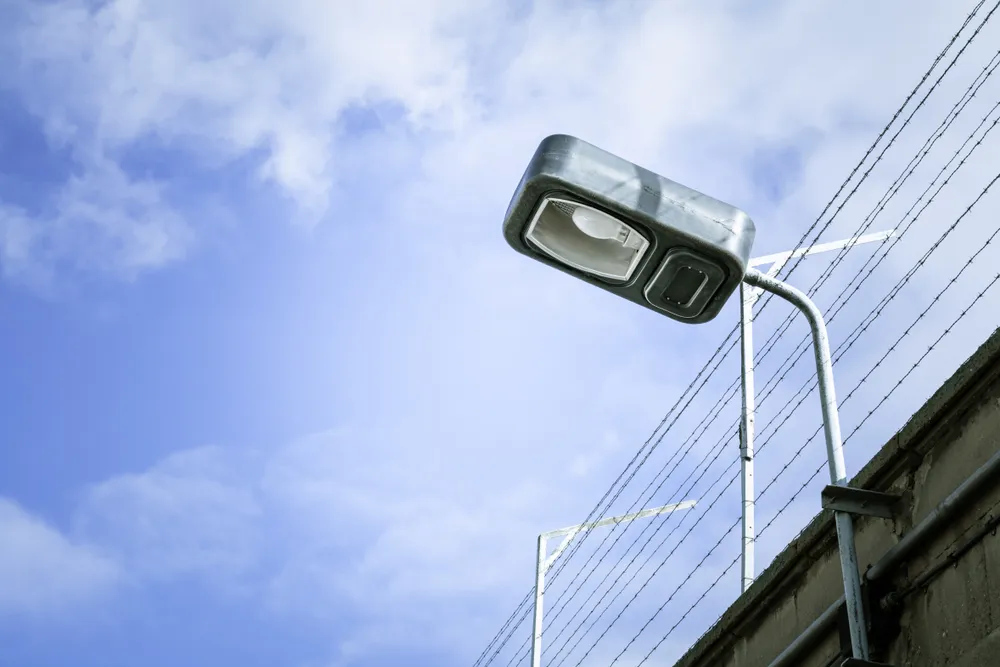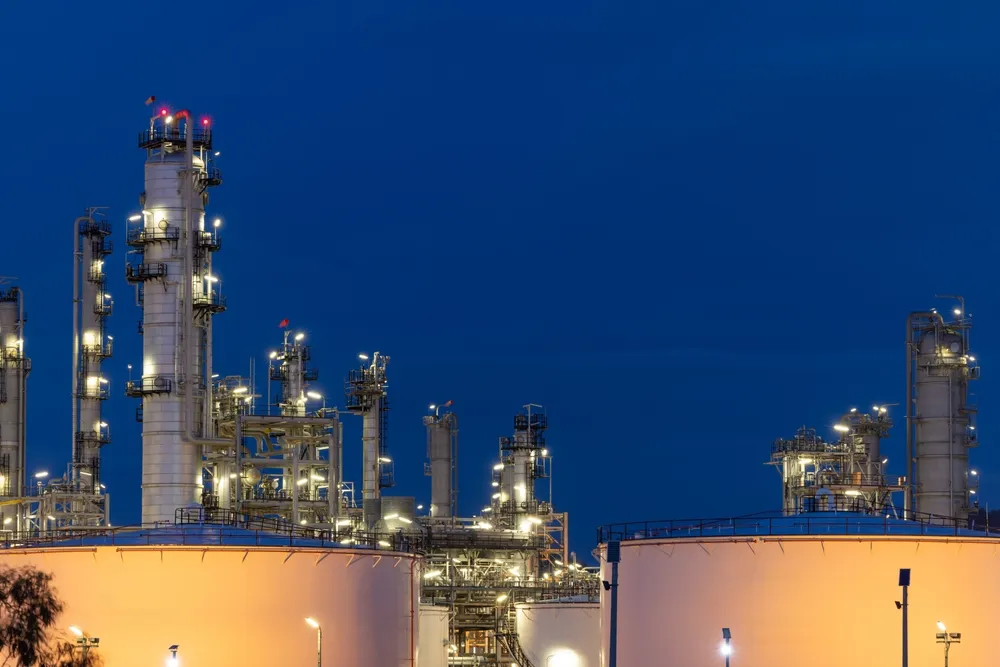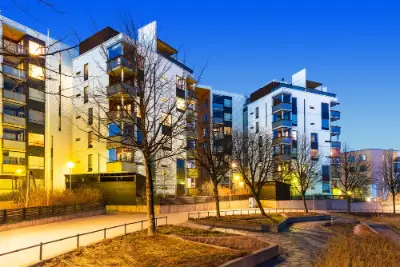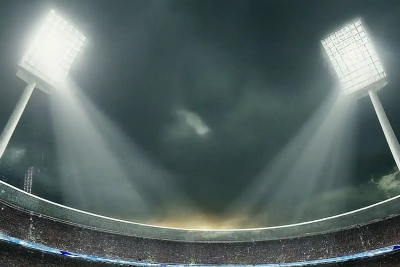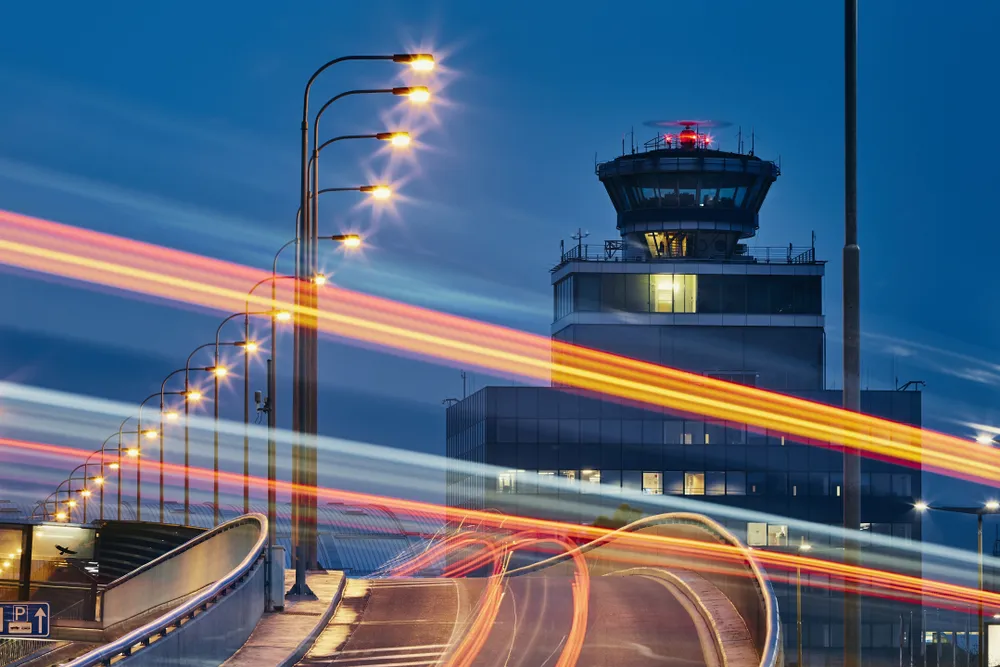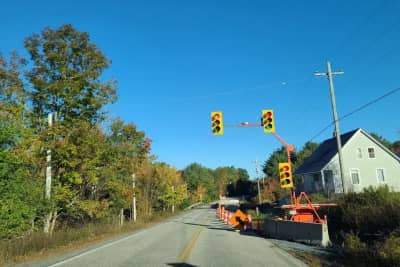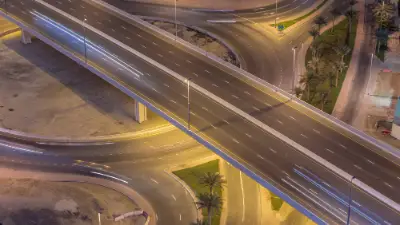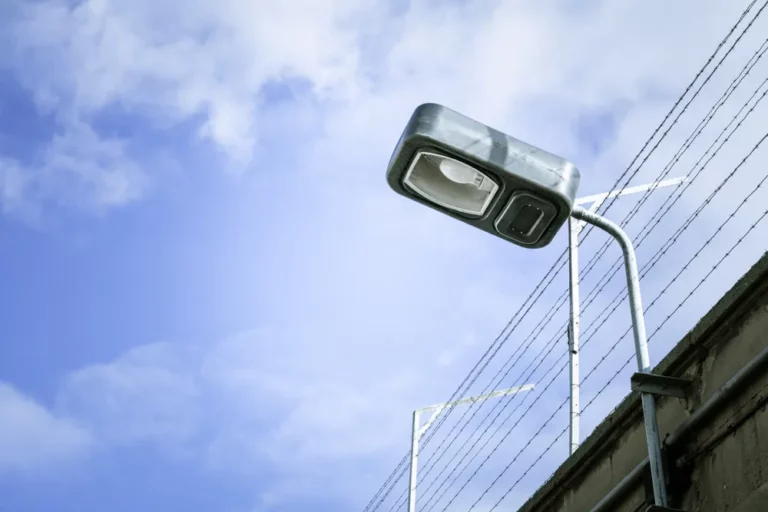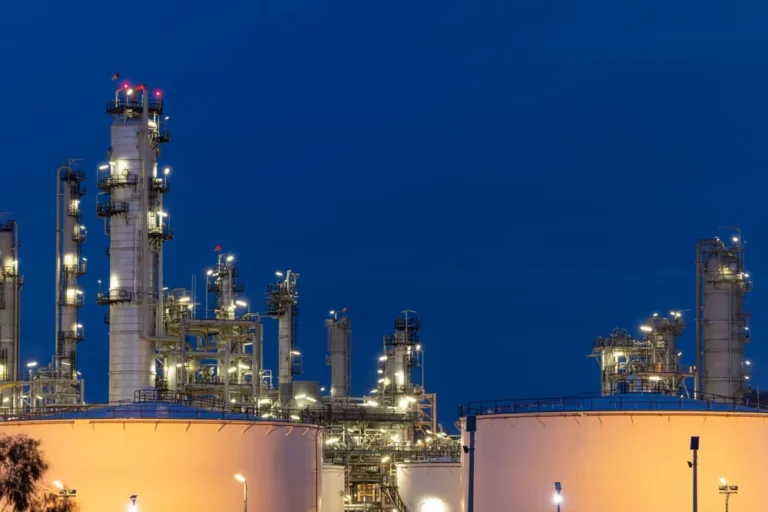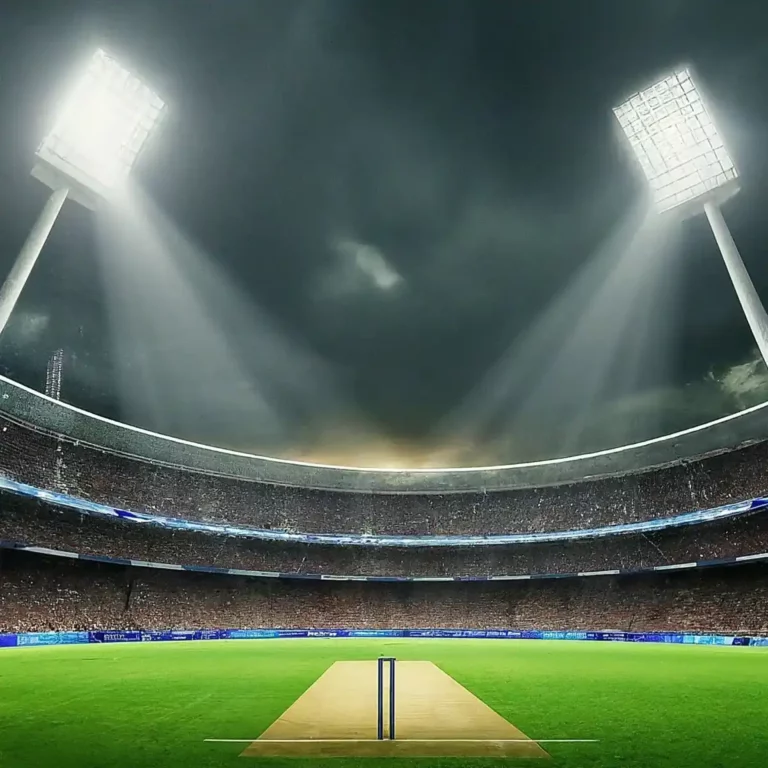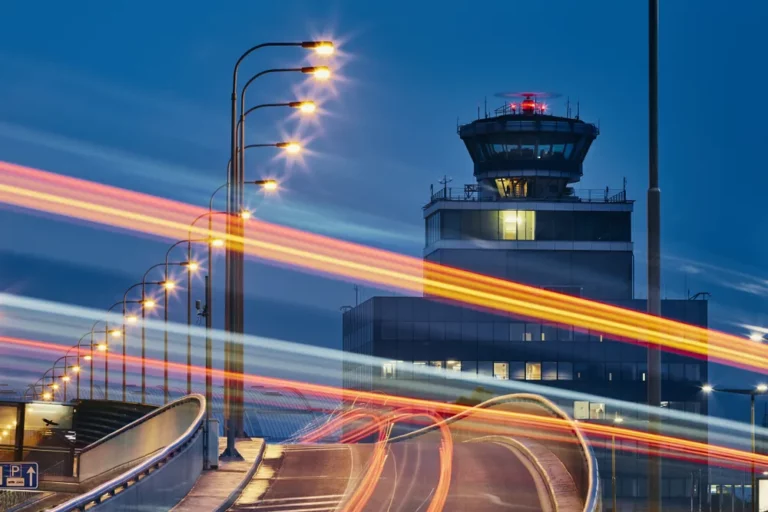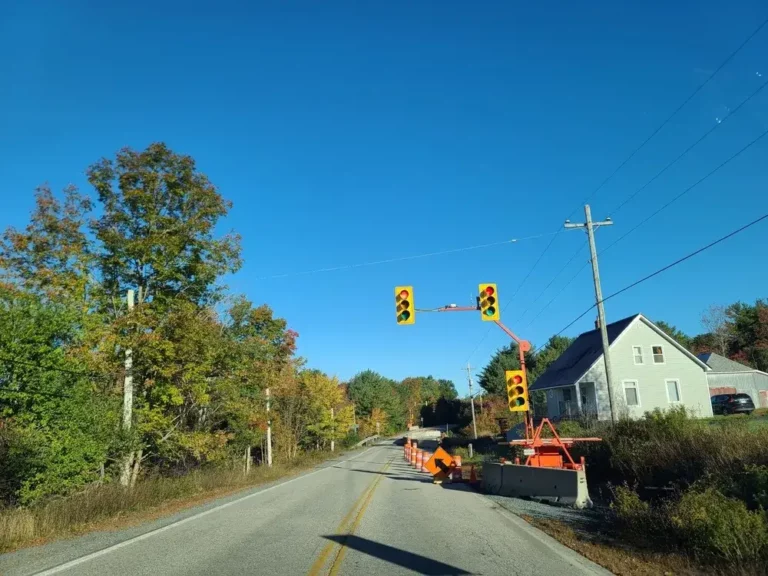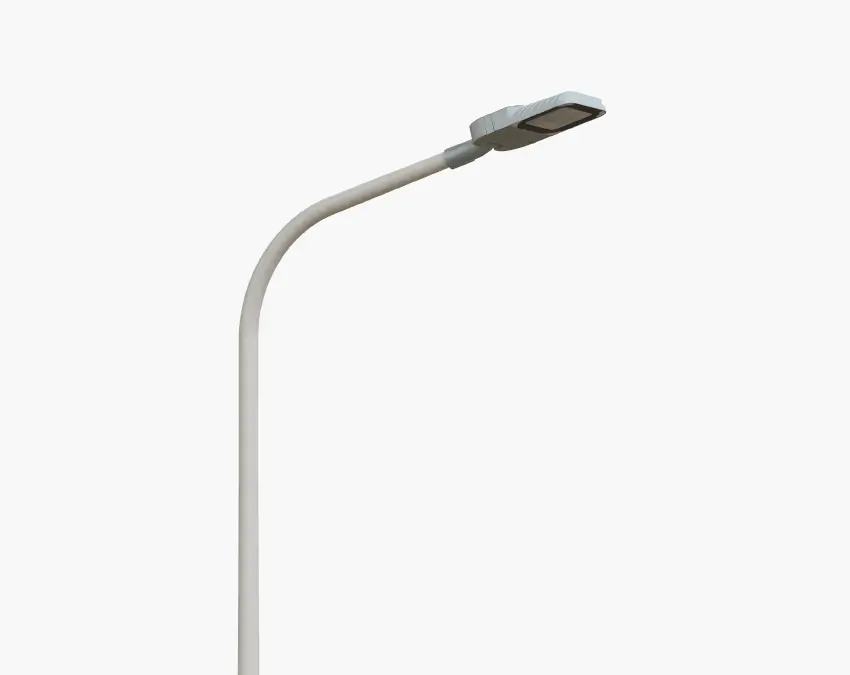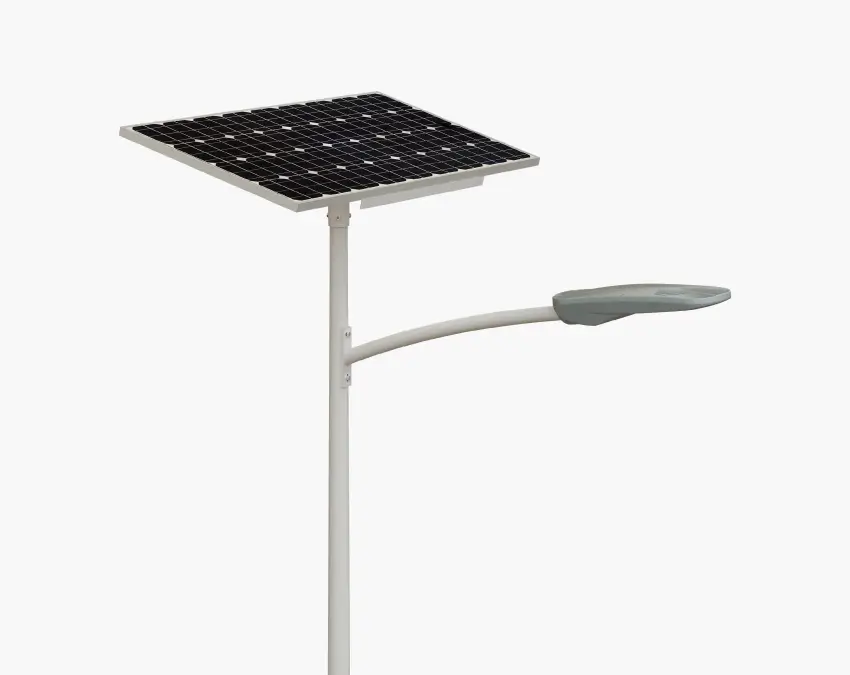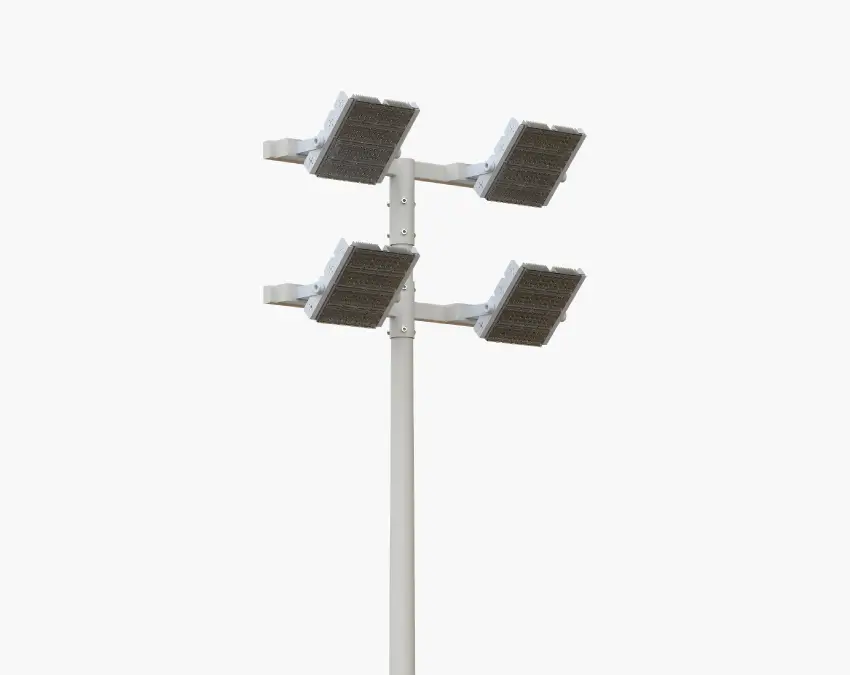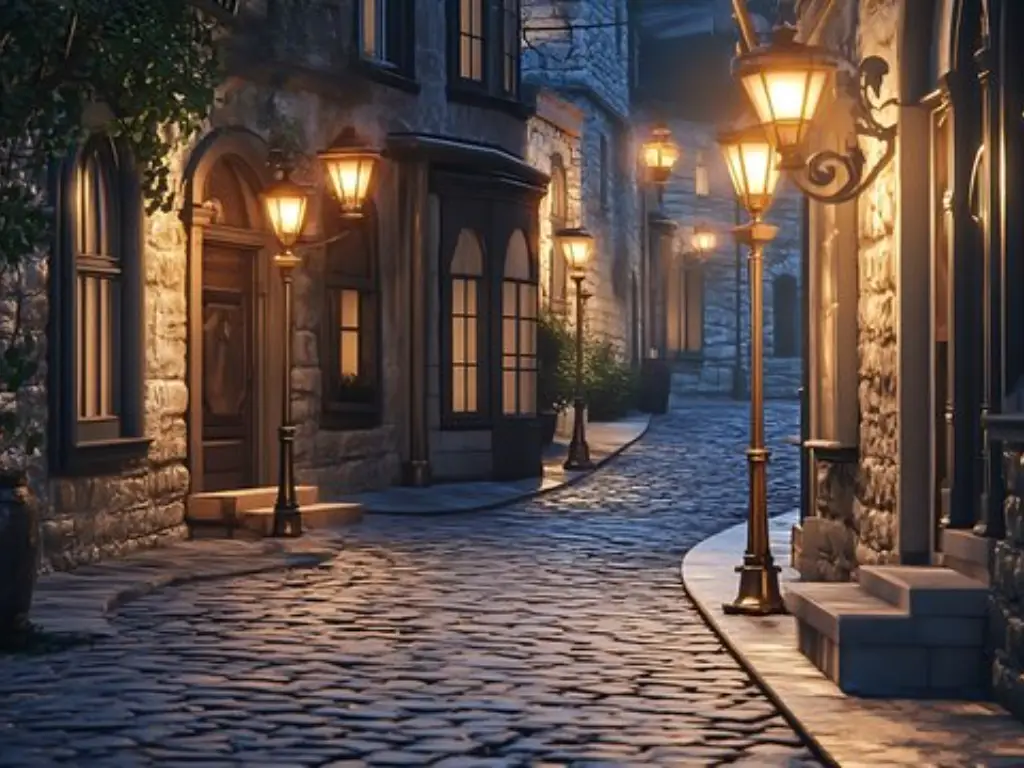
A city today depends on a huge network of infrastructure, most of which operates silently ‘behind the scenes’ during the day. However, with the onset of night, one aspect becomes particularly visible and fundamentally important: lighting. Effective street lighting goes beyond simple illumination; it serves fundamental purpose in urban safety, security, mobility, and livability. Street lighting is a blend of technological engineering and an estimate of human and city movement. This article goes on to describe fundamental principles informing the design of street lighting for the needs and challenges of modern urban areas.
Why Good Design Matters
The level of lighting on a street is either poorly lit or well-lit. In both cases, streetlights have a profound impact on overall neighborhood vibrancy. Moreover, this vibrancy can contribute to or impede street safety in public areas. Lack of proper public street lighting can foster shadowed concealed areas which can easily harbor accidents. Imposed visibility caused by excessive glare can detract from aesthetics of public spaces. Alternatively, thoughtfully enhancing electric street lighting improves safety and visibility of cave-ins, pedestrians, and vehicles, fostering nocturnal community engagement while boosting security. The intended usage of the lighting, aimed at ensuring clearly visible obstacles, equips a profound sense of security and guides navigation. Movement is easily achievable aiding both drivers and pedestrians. Beyond these functional imperatives, light pollution and energy consumption is equally important, practicality fully harmonizes with ecologic appeal. Decisively, there is not an “afterthought” when saying street lighting is one of the body systems lighting up the functionality and liveability of a modern city. Well-designed makeshift streetlights framed into urban ecology enhance built urban infrastructure which significantly transforms nocturnal urban life. There are consequences stemming from the choices made during the design phase rippling throughout the system’s lifecycle encompassing installation, operation cost, maintenance demand, environmental footprint, and budget. Above all, reasonably designed systems extend devices lifetime and serve as transformative opportunities.
Understanding Key Standards
The design of street lighting is not a matter of personal preference; it is subject to standards and authoritative recommendations put forth by the Illuminating Engineering Society (IES) in North America, Commission Internationale de l’Éclairage (CIE) on an international level, and numerous other national and local entities. These standards develop practices focused on minimum requirements of quality, safety, and performance. Meeting these standards is not optional; compliance with professional and legal requirements is essential.
IES RP-8 Recommended Practices for the Design and Maintenance of Roadway Lighting serves as a central standard in North America. Other similar standards exist and are adapted to specific local practices. These documents categorize roads based on their purpose, traffic capacity, speed, and pedestrian movement, such as: freeways, major arterials, collector roads, local roads, and pedestrian walkways. The documents also provide necessary metrics for lighting elements which include:
- Average Light Level (Illuminance): The average light falling on the road surface (lux or footcandles).
- Uniformity Ratios: A measure of the evenness of coverage. Low uniformity results in uncomfortable transitions between bright light and shadow. High uniformity reduces fatigue and discomfort.
- Luminance (cd/m²): As perceived by a driver, the brightness of the road surface is a measurement of visibility under particular circumstances. Illuminance measures light incident on a surface, while Luminance measures the light reflected towards the observer.
- Glare Control: Standards set methods and bounds for disabling glare(control reducing visibility usually measured in Threshold Increment, TI) yes, discomfort glare also applies (reducing visibility, and causing visual discomfort without significantly impairing vision). The optics of the luminaire have a great impact in this area.
- Light Trespass and Skyglow: The standards continue to widen the focus of recommendations or requirements aimed at limiting the spilling of light onto adjacent properties (trespass) and the spilling of light directed into the sky (skyglow), associated with light pollution.
An essential first step is understanding these standards. A designer has to properly determine the road or zone that is being illuminated and afterwards pick the particular metrics and criteria that needs to be fulfilled. These standards are the result of decades of research and practical work—they certainly provide a very useful point with regards to safety and performance. Regardless, achieving the lowest possible standard does not always result in the best design. Design standards are, as a rule, set too low as opposed to too high, which permits optimum flexibility. There is much value in going above the minimums when it comes to safety and visual comfort. It is a matter of interpreting tables and figures—often complex—within the standards, paying meticulous attention to every detail, as well as having a solid grasp of the principles behind those details. This requires some engineering, however, it, too, stems from humane desires to ensure safe and clear movement through an area after dark. As viewing and lighting technologies advance, with LEDs now in widespread use, standards are continually being updated—and so is education—for everyone from manufacturers to designers due to new factors such as spectral power distribution, flicker, control capabilities, etc.
Light Science & Calculations
At its core, the designing of street lights is a branch of photometry, which focuses on measuring light in relationships to its brightness. To comprehend and measuring the performance of lighting, key photometric units must be grasped, such as:
- Lumen (lm): The light produced by a source in its totality. It’s the light output disregarding direction. A lamp might produce 10,000 lumens, which indicates its light output, but cannot tell how bright a surface lit by it will appear.
- Candela (cd): Specific directions of luminous intensity are measured. This is because a luminaire does not emit light equally in all directions. The distribution of candela values in different angles defines the beam pattern of a luminaire.
- Lux (lx) or Footcandle (fc): A unit measuring the amount of rational light falling on an area. Equal to 1 lux = one lumen per square meter, while 1 Footcandle = 1 lumen per square foot . Roughly put, this is the amount of light illuminated by a nearby object or window.
- Luminance (cd/m²): This value measures the area light intensity by surface area for a given unit of space, and depends on light reflection from the surface and illuminance. During roadway lighting, particularly for faster navigating traffic areas, the illuminance is still straightforward visibility but perceived visual more relevant metrics.
Relation of these measurements together with luminaire’s mounting height and spacing between two or more luminaires, reflectance of road surface, forms the basis of lighting calculations. While calculation such as the inverse square (E=I/d2 where E – illuminance, I – intensity, d – distance, applicable only for point sources) gives some basis, thorough street lighting design requires actual photometric measurements alongside simulation software.
Selecting Right Luminaires
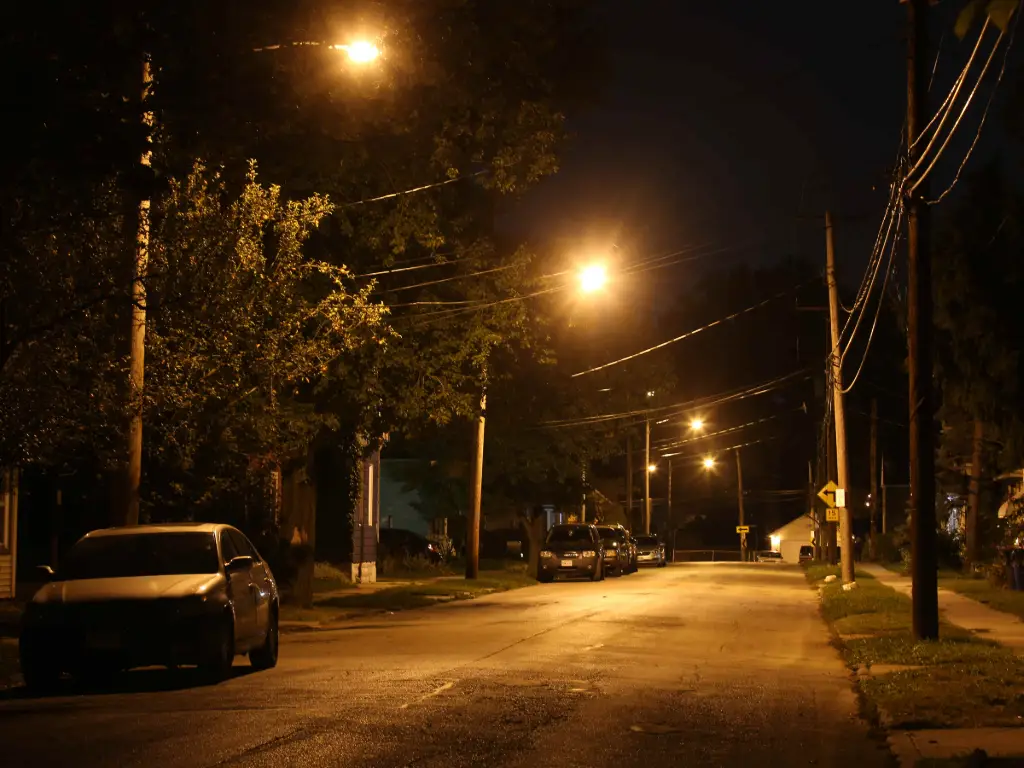
No one can deny that in a street lighting system, the luminaire or street light fixture is perhaps the most important element. It contains the light source, controls the light distribution throughout the optics, protects the light source, and withstands the surrounding environment. The change from traditional sources such as High-Pressure Sodium Lamps (HPS) or Metal Halide to Light Emitting Diodes (LEDs) has completely shifted the selection of various types of luminaires and types of lights to ones that provide unparalleled control, efficiency, and life span, particularly focusing on modern LED street lights and increasingly solar street lights.
When choosing among these luminaires, designers face a number of considerations well beyond the output of light:
- Light Source Technology: Though some older technologies are still in use, most new installs and retrofits utilize LEDs (i.e., LED street lights) because of its outstanding energy efficiency, much longer lifespan, instantaneous on/off, dimmable capability, and excellent color rendering (CRI). LEDs improve the visibility of objects and colors in comparison to HPS’s yellow, and offer wider variety of Color Correlated Temperatures (CCT) ranging from warm white preferred for residential areas around 2700K-3000K to neutral and cool white at 4000K-5000K usually along major roads. This dramatically enhances everything ranging from perception to aesthetics.
- Optics: Various components of the optical system such as reflectors, refractors, and lenses are essential. The optics focuses output light from the LED source to the road as per specific distribution patterns needed by standards for example IES Types II, III, IV for various road widths and placements.) Effective lighting optics enhance useful light and minimize wasted light (light trespass, skyglow) and glare control. A hallmark of quality optical design is the confining of light emissions to vital regions while protecting drivers and pedestrians from harmful views. Stated design precision additives aim to reduce glare and light pollution.
- Mechanical and Thermal Design: Weather conditions, rain, snow, dust, extreme temperatures, possible vandalism, and environmental conditions call for robust construction in luminaire housing. The IP (Ingress Protection) rating measures protection against water and dust, commonly IP66, IP67 for outdoor use; IK (Impact Protection) rating of mechanical impact resistance is IK08, IK09, IK10) Protective thermal management is vital for LED lifespan as poor heat dissipation shortens LEDs dramatically. Skin, housing and the heat sink materials are key components for durability and thermal performance such as anti corrosion, critical for industrial or coastal environments.
- Electrical Components: The LED driver helps to adjust the incoming power to the appropriate voltage and current for the LEDs. A robust driver is paramount to dependability, efficiency, and lifespan. Protection against surges, high power factor, and dimming capabilities are critical considerations.
- Connectivity and Controls: Many modern luminaires are designed to be “smart” or “smart-ready.” They can have sensors and communication modules or can have control interfaces added later for integration into smart lighting systems. This feature allows for extensive remote monitoring, control, and data collection.
The Manufacturer’s Role: Expertise and Innovation
A quality manufacturer does not simply collect parts to produce a light system. Choosing the right luminaire goes hand-in-hand with selecting the right manufacturer. They conduct thorough research, design, testing, and quality control to ensure reliability under complex street lighting demands. This is where expertise from a partner such as Inluxsolar comes in very handy.
Founded over ten years ago, Inlux Technologies has managed to establish itself in the highly competitive solar industry by integrating their high level expertise into developing All-inclusive Solar & Outdoor Lighting Solutions. An example of such is the company’s award winning InLux Solar Lighting System which is patented globally. This InLux product offers residential and commercial customers energy-efficient solar outdoor lighting. This is made possible due to the company’s acclaimed R&D team, proved by the team having over 10 experts and an impressive 60 patents. The R&D team members are not just following trends—their investment of 5% of annual sales revenue back into R&D is evidence they are actually creating innovative solar and lighting products. This has resulted in the company leading the industry when it comes to cutting optical design performance standards for luminaires. Their ability to produce 300+ product test reports is astonishing. Not many fulfill the promise of delivering reliable data, accurate photometric files, and precise calculations needed from designers’ simulations.
Included in their offerings is Custom Solar Light Solutions for Your Projects. With their in-house design and strong supply chain, Inluxsolar has the capability of providing custom solutions. This is important for unique projects that have very specific power demand for off-grid solar systems, aesthetic appeal, or construction into specialized framework. They provide customization on solar panels, LED housings, light poles, controllers, and batteries which include custom parameters such as power, voltage, color temperature, CRI, logo, and even the design itself. As such, these configurations ensure that the design intent and project constraints are fully met, which mass-produced ceilings cannot achieve.
Coupled with innovative design is Inluxsolar’s first class materials commitment that drives luminaire quality, durability, and failsafe <0.5% failure rate. Use of grade A solar cells, brand new pouch type LiFePO4 batteries rated for 4000 cycles, 10+ years, hot dip galvanized lighting poles withstanding 30m/s winds, ultra-bright LEDs 40% brighter than competitors with over 50,000 hours, and anti-rust aluminum light fixtures rated IP66-67 and impact resistant IK09-10 is a clear testament towards industry-leading quality. Add smart solar controllers with multifunction protective features and you get ultra dependability, reliability, and resiliency in solar-powered applications.
Choosing a luminaire is a challenging technical decision. Collaborating with a manufacturer like Inluxsolar, who demonstrates strength in R&D, focuses on quality of materials, thorough testing, and customizable, flexible high-performance solutions, instills confidence that the designers’ selection will meet the design requirements and contribute toward the reliability of the project over its lifetime.
Optimizing Pole Placement
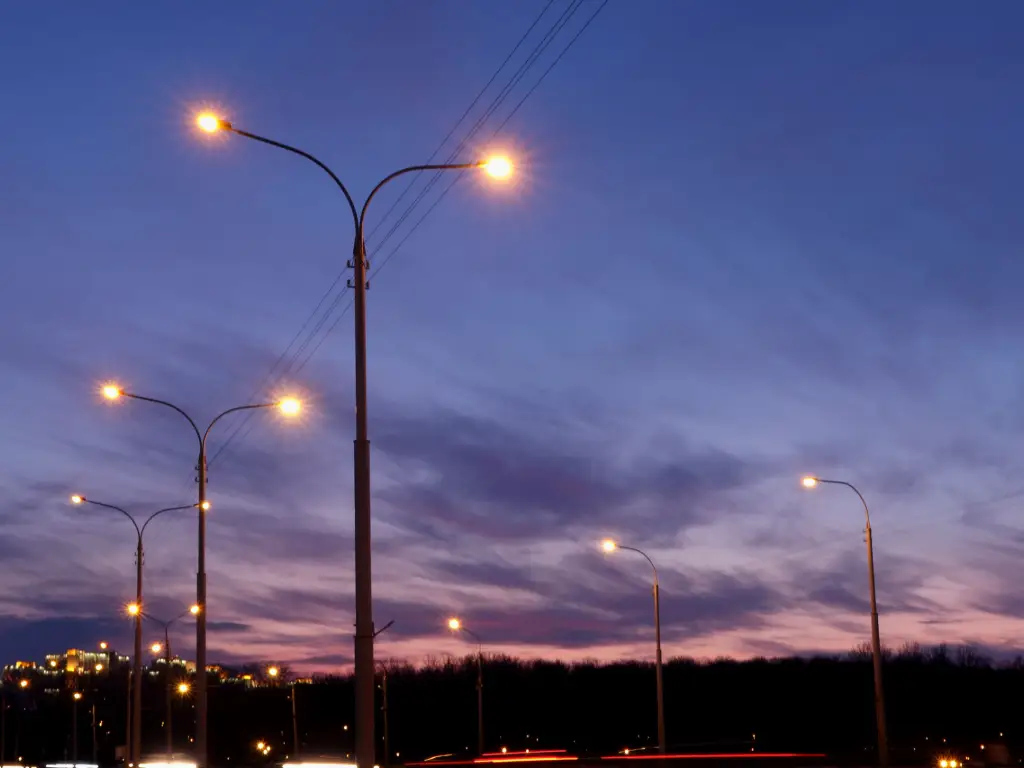
After identifying the suitable type of luminaire, the next step that is equally important is optimizing the placement of poles along the roadway or within the area to be illuminated. This comes with an assortment of intricate arrangements to achieve the necessary lighting levels as well as uniformity while keeping the cost low considering the existing infrastructure and other potential distracting elements.
As for the placement, the main aim is meeting the required average illuminance, most importantly, the uniformity ratios set by the relevant standards. Measuring uniformity is often the most difficult. If poles are spaced too close or too far apart, there may be bright spots directly under the luminaires and dark zones between them, which makes achieving uniformity that much more difficult.
Placement of the pole depends on multiple different criteria such as:
- Photometric Distribution of the Luminaires: The light distribution pattern of the selected luminaire to be used influences pole placement significantly. For instance, IES Type II, III, IV. The distance X defines the longitudinal spread a light fixture will reach, almost every light fixture has distribution patterns to some extent, a “long” one yields more spacing between poles.
- Mounting Height: The placement of a light effectively above the road surface is an important design consideration. In general, elevated mounting heights permit wider spacing between poles while improving uniformity and coverage; however, they do require luminaires with higher output to achieve the same level of illuminance directly beneath the pole. Conversely, surrounding lower heights require closer spacing; however, lower heights are more favorable for narrow roads or pedestrian zones. There are often practical limitations imposed by aesthetics, context, or structural factors.
- Required Lighting Metrics: Particular average illuminance and uniformity values dictated per the road classification in the standards directly determine spacing. Greater uniformity paired with higher street lighting necessitates closer spacing or will force the use of higher grade luminaires and elevated placements.
- Road Geometry: Road width, number of lanes, curves, intersections, and interchanges all influence placement. A wider road may need luminaires positioned on both sides (opposed or staggered) and may require a wider distribution pattern. All approaches to intersections should be provided with unobscured visibility and therefore cumulatively require special attention.
- Layout Patterns: Typical designs are single-sided (for narrow roads, often residential), staggered (poles alternating sides, common for medium width roads), opposed (poles directly opposite each other common for wider roads or higher uniformity needs), and median (poles in central reservation often on highways or divided roads). These patterns vary by road width, metrical requirements, and economics.
- Obstruction: Trees, buildings, utility poles, and every other piece of furniture on the street typically gets in the way of light distribution and must be accounted for when locating poles.
- Cost: Increased density of poles is also a direct cost (material, installation), while spacing optimization to use the minimum number of poles meeting requirements becomes economically important.
Pole placement designs are often developed through iterations done in lighting design software. The designer positions the poles in a preliminary arrangement, simulates with the luminaire’s photometric file, and evaluates contour maps along with calculation grids depicting the illuminance and uniformity metrics. Subsequent steps involve optimization, which can include repositioning poles, changing the distance between them, adjusting the mounting height, replacing the luminaire, and so on until all goals have been achieved in an efficient manner. This hand refinement requires considerable experience and expertise about the interaction of light with surfaces from the viewpoint of the intended observers (drivers, pedestrians). The objective is not merely located light sources, but a blanket of seamless, functional illumination over the entire space.
These illumination levels depend on pole placement, while the particular area shape governs the most appropriate luminaire type required. The following table summarizes how different placement and road conditions necessitate specific considerations for the features of the luminaire and verification on site:
| Placement/Road Condition | Implication for Luminaire Selection | Why? |
| Wide Pole Spacing Required/Desired | Luminaire with High Efficacy (lm/W) & Wide/Long Light Distribution (e.g., Type III, Medium/Long) | Allows fewer poles while meeting coverage and uniformity standards efficiently. |
| Limited Mounting Height Available | Luminaire with Wider Light Distribution (e.g., Type IV, V) | Compensates for lower height to spread light laterally and achieve required width coverage. |
| Very Wide Roadway | Luminaire with Specific Wide Distribution (e.g., Type V Wide) OR Use of Multiple Luminaires per Pole/Opposed Poles | Ensures even coverage across multiple lanes and prevents dark zones in the center. |
| Complex Area (e.g., Intersection, Roundabout) | Luminaires with Specific Distributions (e.g., Type V Square, Type IV Asymmetric) or Combinations | Provides necessary illumination and visibility from all approaches and within complex geometries. |
| Areas with Significant Obstructions (Trees, Buildings) | Luminaire with Precise Optics, Adjustable Aiming, or Shielding | Helps direct light effectively around obstacles, minimize shadowing, and prevent light trespass onto buildings. |
| Need to Minimize Pole Count (Budget/Aesthetics) | High Efficacy & High Output Luminaire with Optimized Distribution | Achieves required light levels and coverage with fewer, more powerful, and strategically placed units. |
| Narrow Road / Pedestrian Path | Luminaire with Narrower, Forward Throw Distribution (e.g., Type II, Asymmetric) | Focuses light effectively on the path without excessive spill onto adjacent private properties. |
| Requirement for Dual-Sided/Opposed Layout | Luminaire with Symmetrical (Type V) or Specific Asymmetrical Distribution (e.g., Type III for one side) | Provides balanced illumination across the road width from poles on both sides. |
Smart & Sustainable Systems
Switching to LED technology has impacted street lighting to be smarter and more sustainable. These new systems provide a great improvement in energy efficiency, as they use far less energy and reduce carbon emissions in comparison to older sources. This shift enables significant energy conservation. The sustainable features of LED technology also enhance product life cycles while reducing waste because of the lowered longevity waste cycles, often leading to less maintenance over time.
Smart systems offer more than just energy savings—they provide additional features for management and control. Thanks to connectivity, luminaires can be controlled on site or remotely through a central control system. This enables time or presence-based adaptive dimming, optimized scheduling, and automated fault detection. Basic automation like a photocell, which turns lights on/off based on ambient light, is a foundational step towards smarter control and efficiency. By consuming fewer watts, these systems contribute directly to sustainability goals. These capabilities enhance operational efficiency, maintenance precision, and cost-effectiveness, further contributing to less maintenance. Smart functionality further allows street lights to act as potential nodes for wider smart city networks, enabling integration with various urban sensors and services.
As designers of energy-efficient LED luminaires and integrated solar-powered street lights, providers play a key role alongside manufacturers in bolstering sustainability. Furthermore, features such as Smart solar controllers with multiprotection functionalities (as provided by Inluxsolar) improve energy harvesting, battery management, and system longevity, contributing to both energy efficiency and less maintenance. Leading manufacturers seamlessly integrate communication modules and interoperability with various CMS platforms, ensuring a smoother transition towards smart lighting for cities and project developers. Inluxsolar focuses on All-inclusive Solar & Outdoor Lighting Solutions; that, paired with their expertise in solar integration and smart control, positions them as ideal candidates for infrastructural backbone providers alongside other tier components and technical support for advanced smart and sustainable street lighting systems.

Installation & Maintenance Needs
Even the most refined design will collapse without appropriate procedures for installation and continued upkeep. These practical factors alone can alter the system’s effectiveness and dependability, in addition to increasing the total cost of ownership (TCO).
The installation process consists of numerous critical steps: preparing the pole’s foundational footing, positioning the pole vertically, elevating as well as angling the luminaire to the correct orientation, powering up electric wires (or solar parts), and system testing. Clear construction documents must convey pole positions with accompanying vertical dimensions, aiming angles of luminaires, electrical detailing, and other relevant specifications. Installation wise, a degree of ease must also be factored into the design; features such as pre-wired, modular, and labeled components greatly assist with minimizing the potential time and errors on site. Uninterrupted long-term reliability begins with adequately sealing, guarding against moisture, and placing anti-corrosive measures on critical junctures.
To ensure standards of performance for the system are upheld throughout its lifespan, maintenance is a requirement. Cleaning the luminaire lenses as well as the solar panels (if applicable) for optimum energy harvesting and light output are examples of routine maintenance. More involved maintenance includes troubleshooting faults, repairing or replacing damaged components (including drivers or batteries in solar systems), and addressing structural damages to the poles. Environmental factors greatly influence the maintenance’s complexity and frequency alongside the type and quality of the used components.
The adoption of LED and smart lighting has dramatically changed maintenance needs. Replacing older lamps with LED luminaires which have a lifespan of 50,000 hours or more reduces labor costs alongside disruption, as they need considerably less frequent replacements. With remote diagnostics and fault notifications, smart systems dispatch only when and where needed, making maintenance routes more efficient, and eliminating redundant site visits which optimises maintenance.
Future of Street Lighting
The evolution of these technologies goes hand in hand with new features such as dynamically regulating street and public lighting at different levels based on traffic flow, period of the day and special events in the vicinity. With the advancement and wider adoption of intelligent transportation systems Street lighting will increasingly be self-regulated based on traffic data as well as other connected sensors. Public Wi-Fi and other communication services will serve the area of the sensor as well. Additionally street lights themselves will serve as communication nodes and incorporate advertising, tracking, motion detection and surveillance tools.
Mobile applications based on machine-to-machine communication and the Internet of Things may further add new capabilities such as performance analysis, servicing on demand, diagnostic, remote control, advertising and other services customized to the needs of individual users. However, focus toward sustainable urbanism will be even greater . The adoption of new technologies and approaches to energy efficiency will sharply rise. Controlled shift or direction of Public Lighting should be implemented alongside the urban heat skyline effect reduction and light pollution refracted during the night hours towards uninhabited areas lighting the deserted zones must be implemented simultaneously with clean energy resource utilization.
Such evolution clearly illustrates the precision-managed street lights and numerous connected features will help transform the designated city of the future metro regions into reality. What is needed are enduring designs nominee or candidates for advanced design and urbanism prizes intended for electrically attended cities featuring bold multifunctional assets and amenities.
